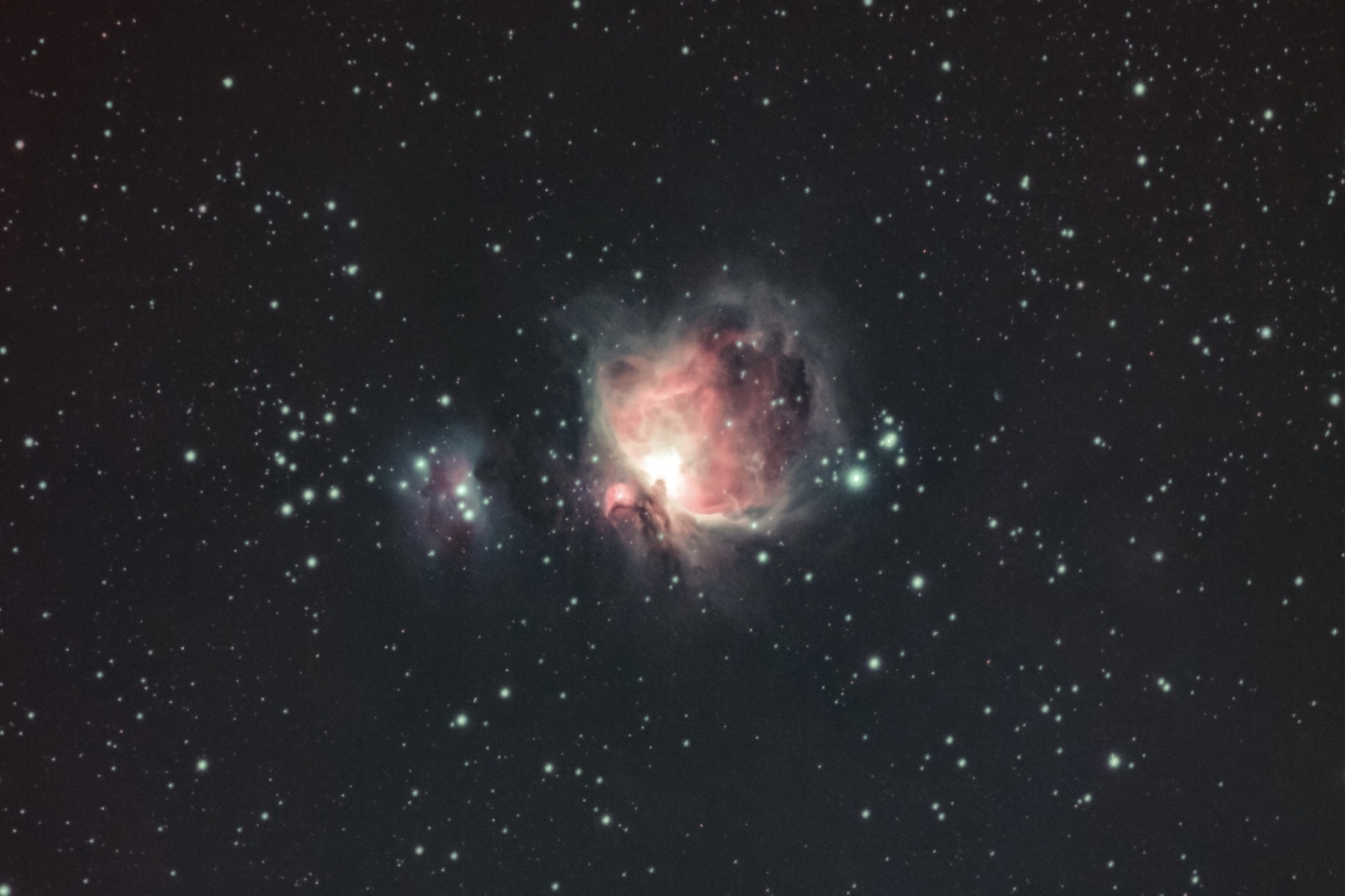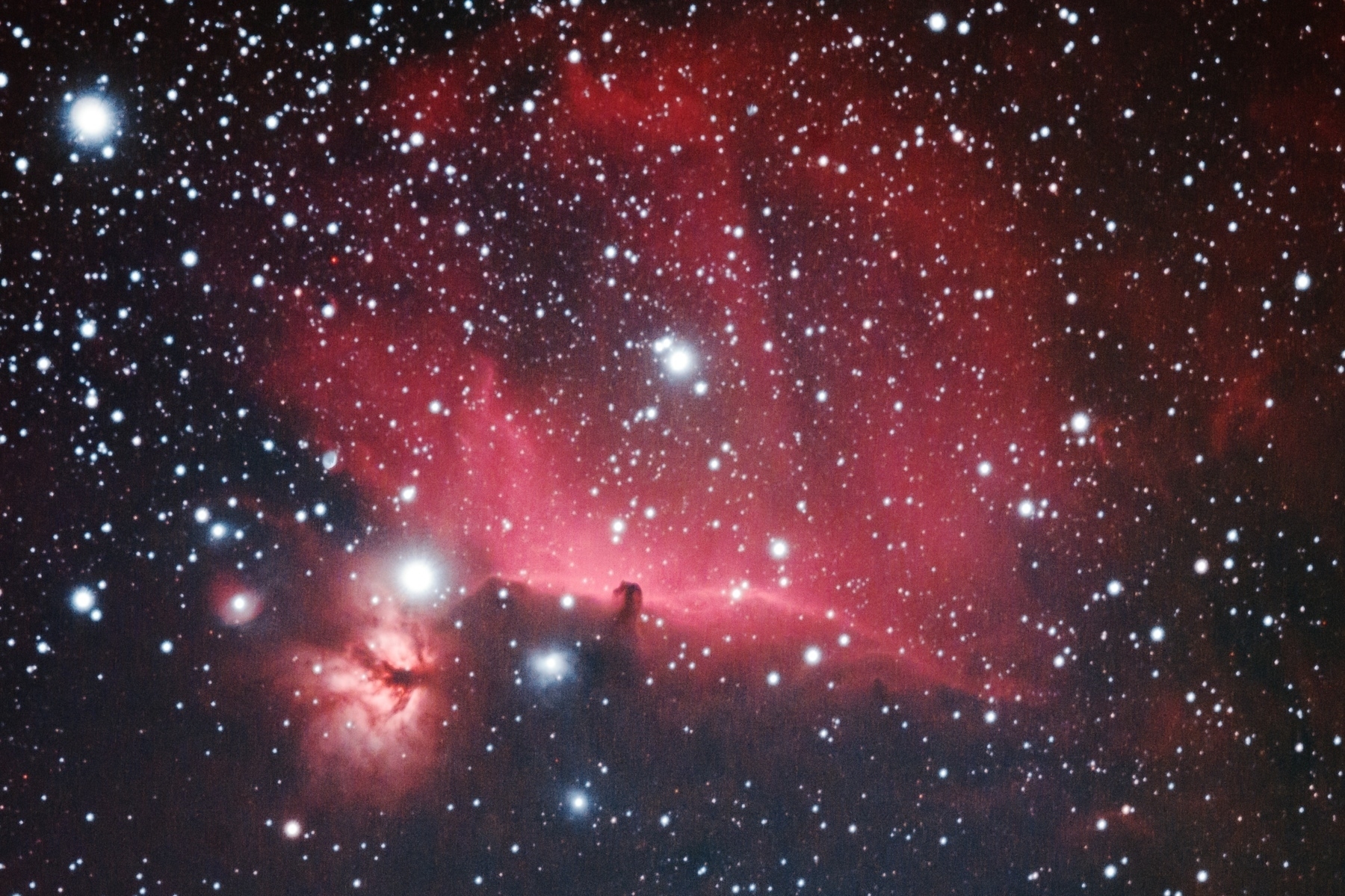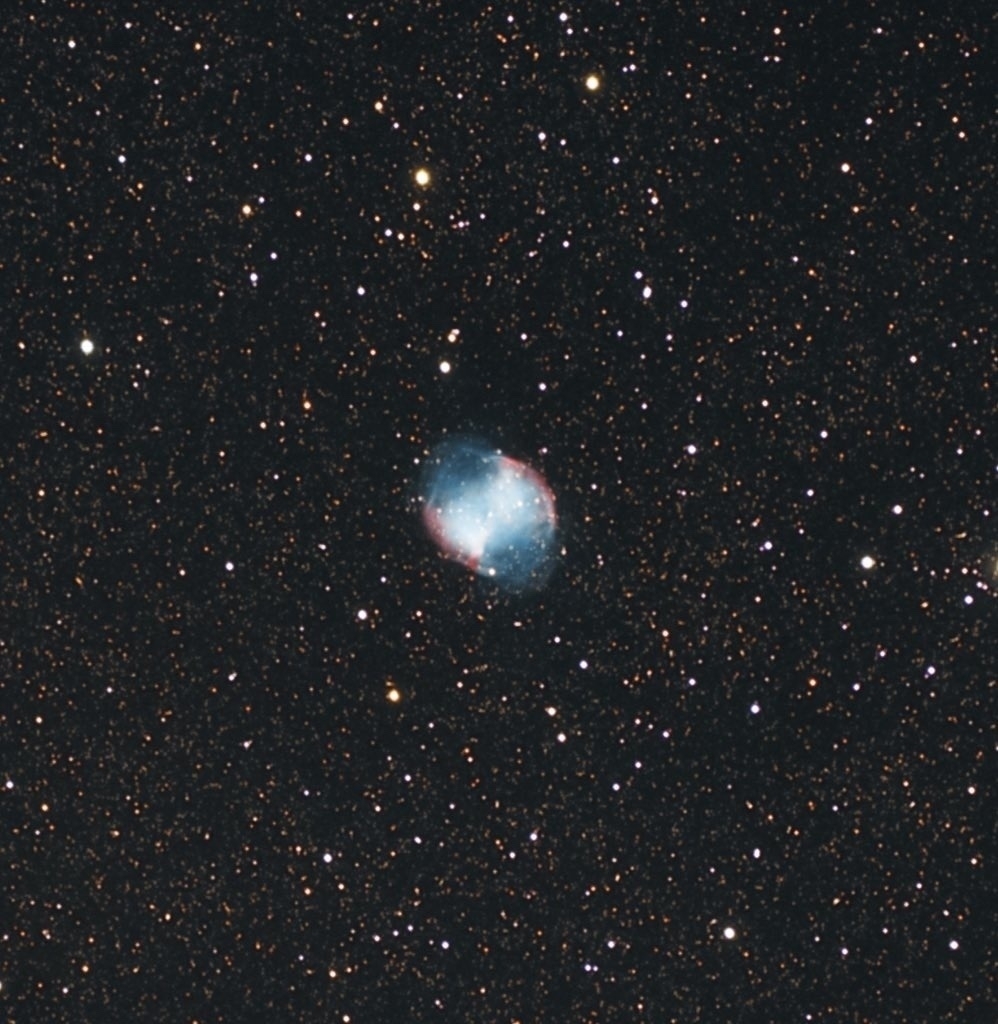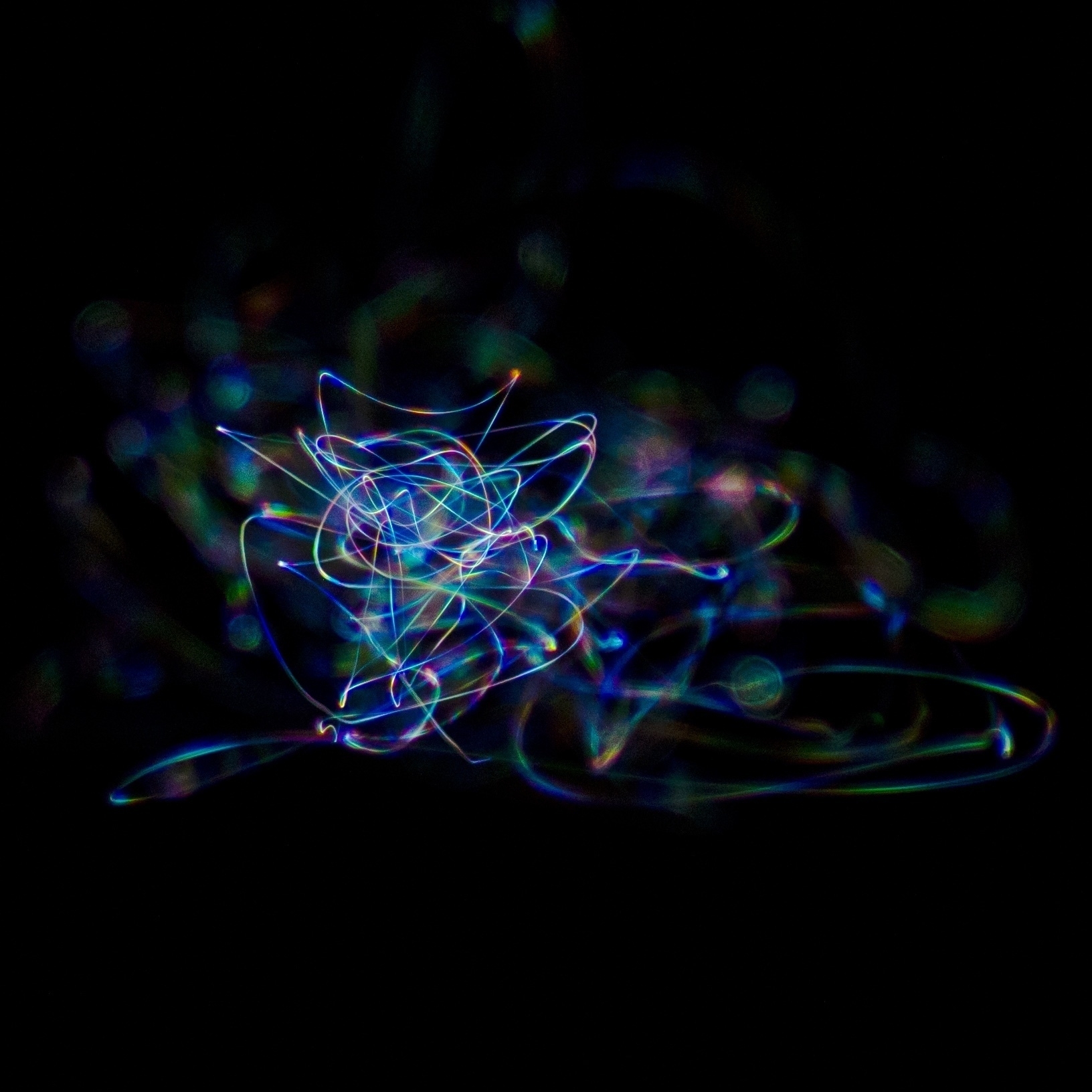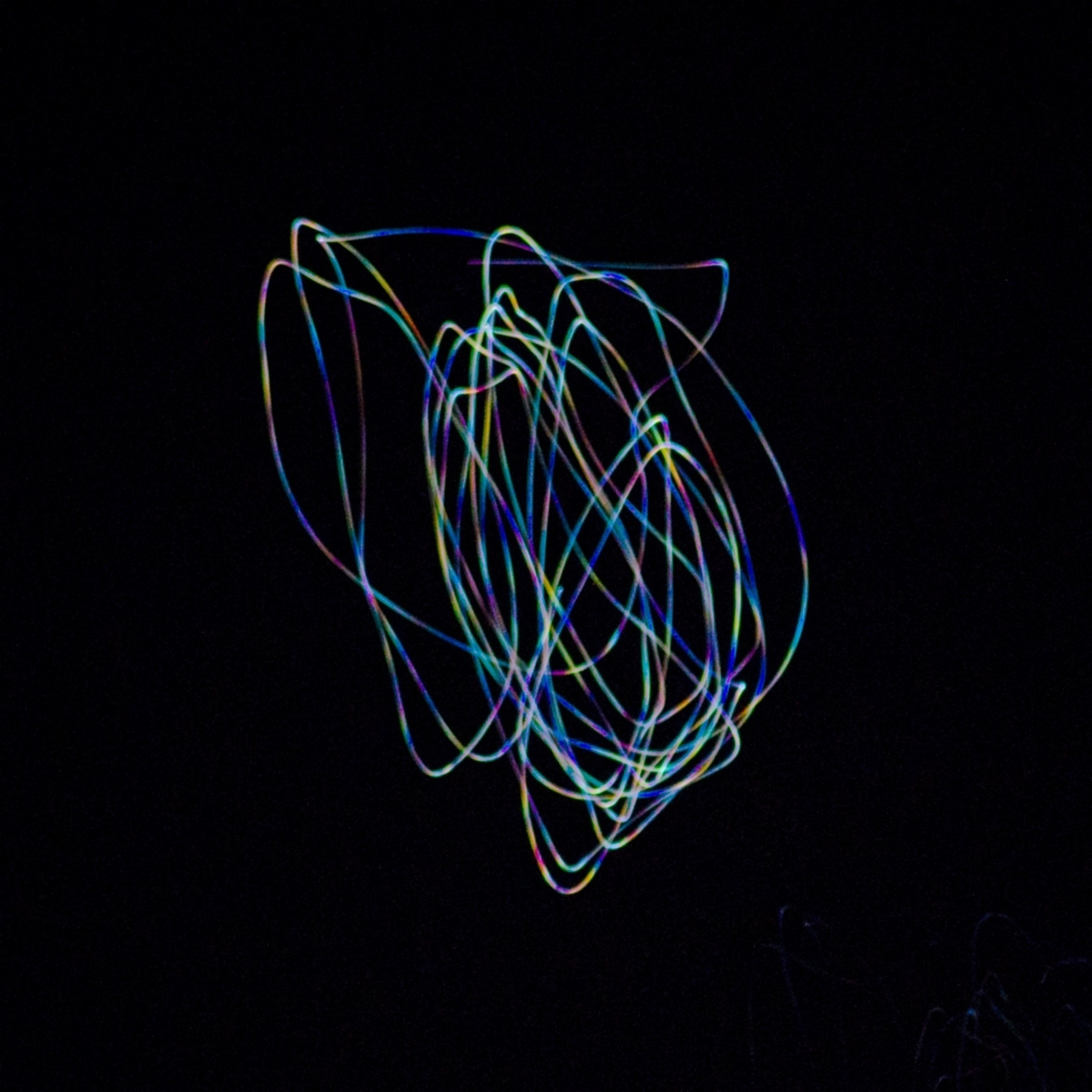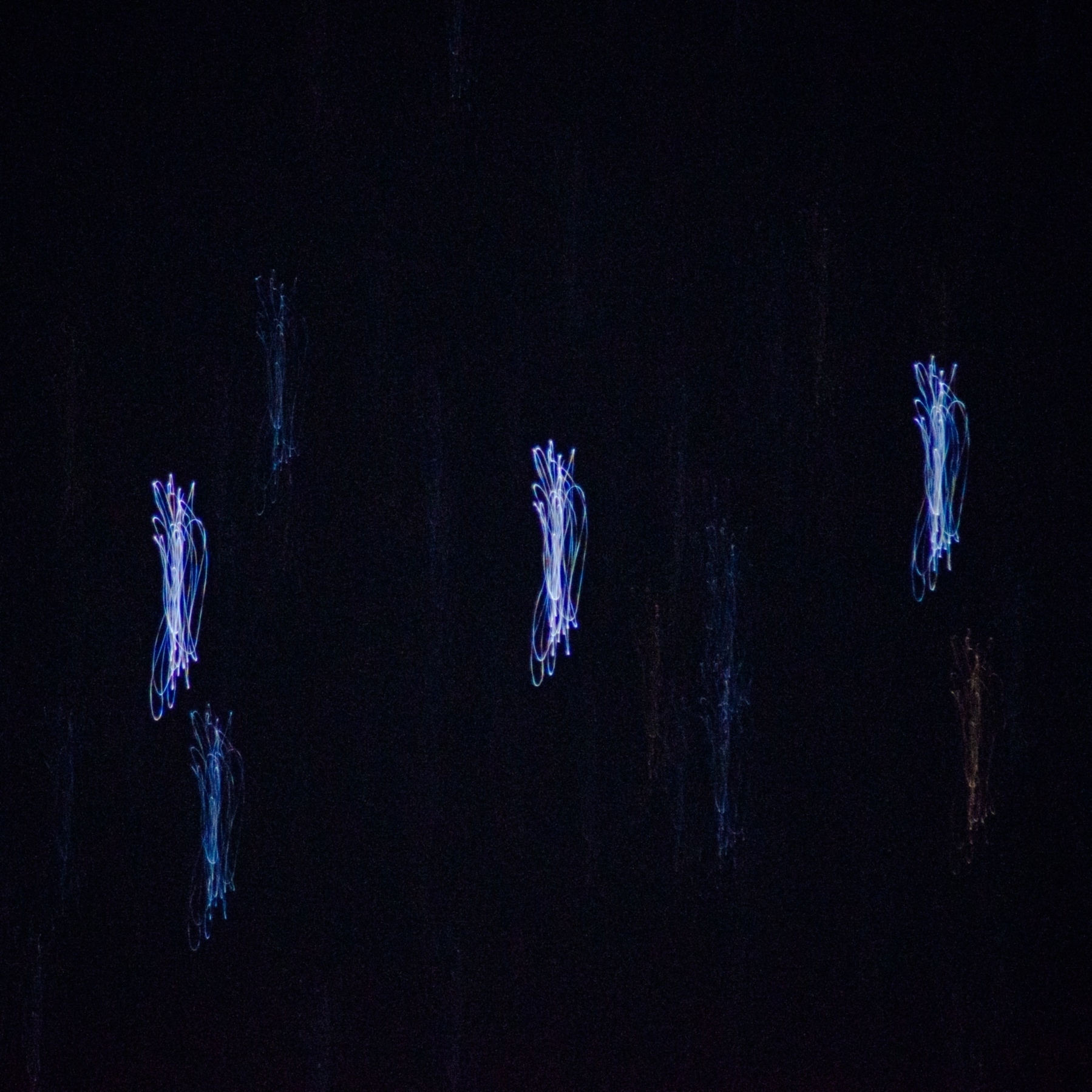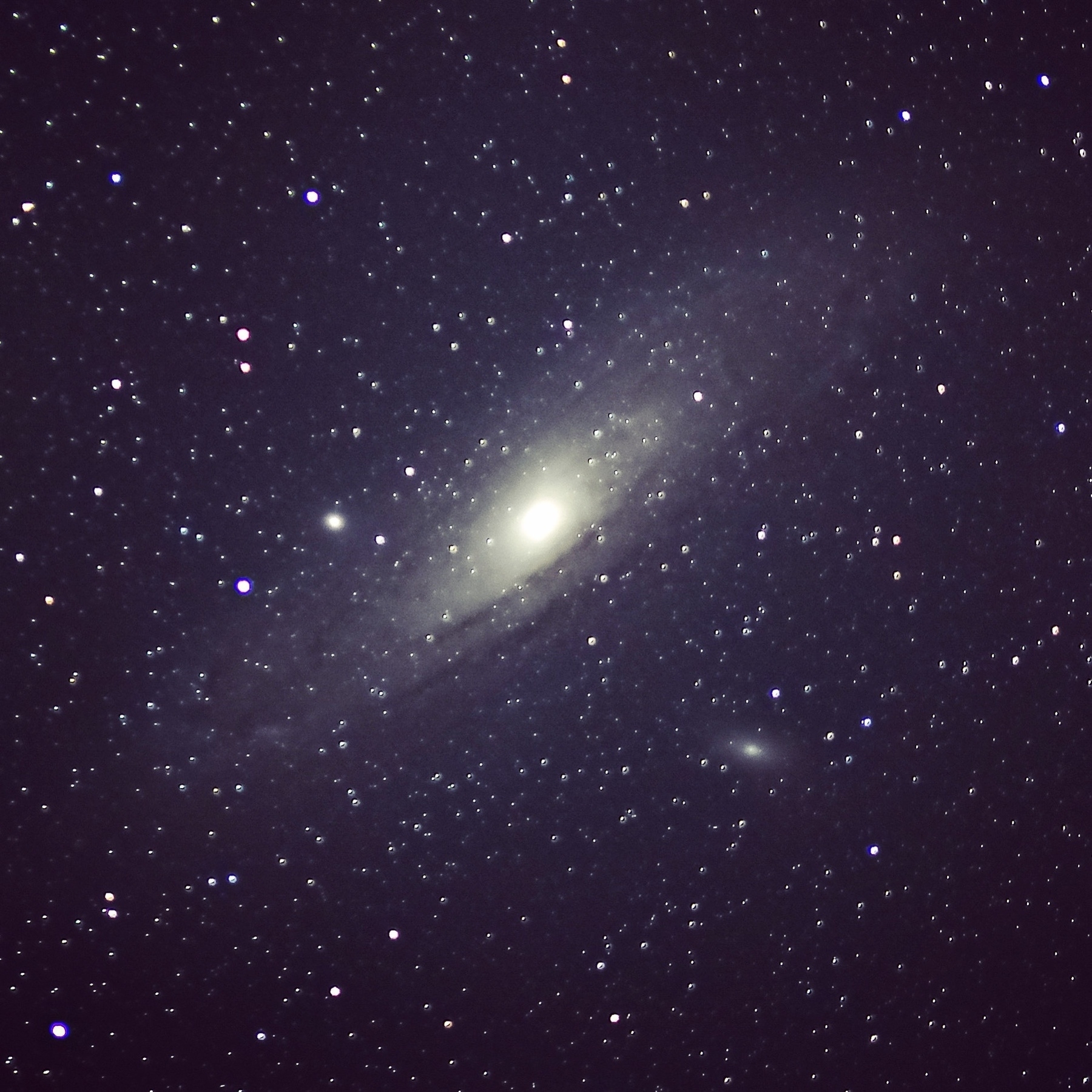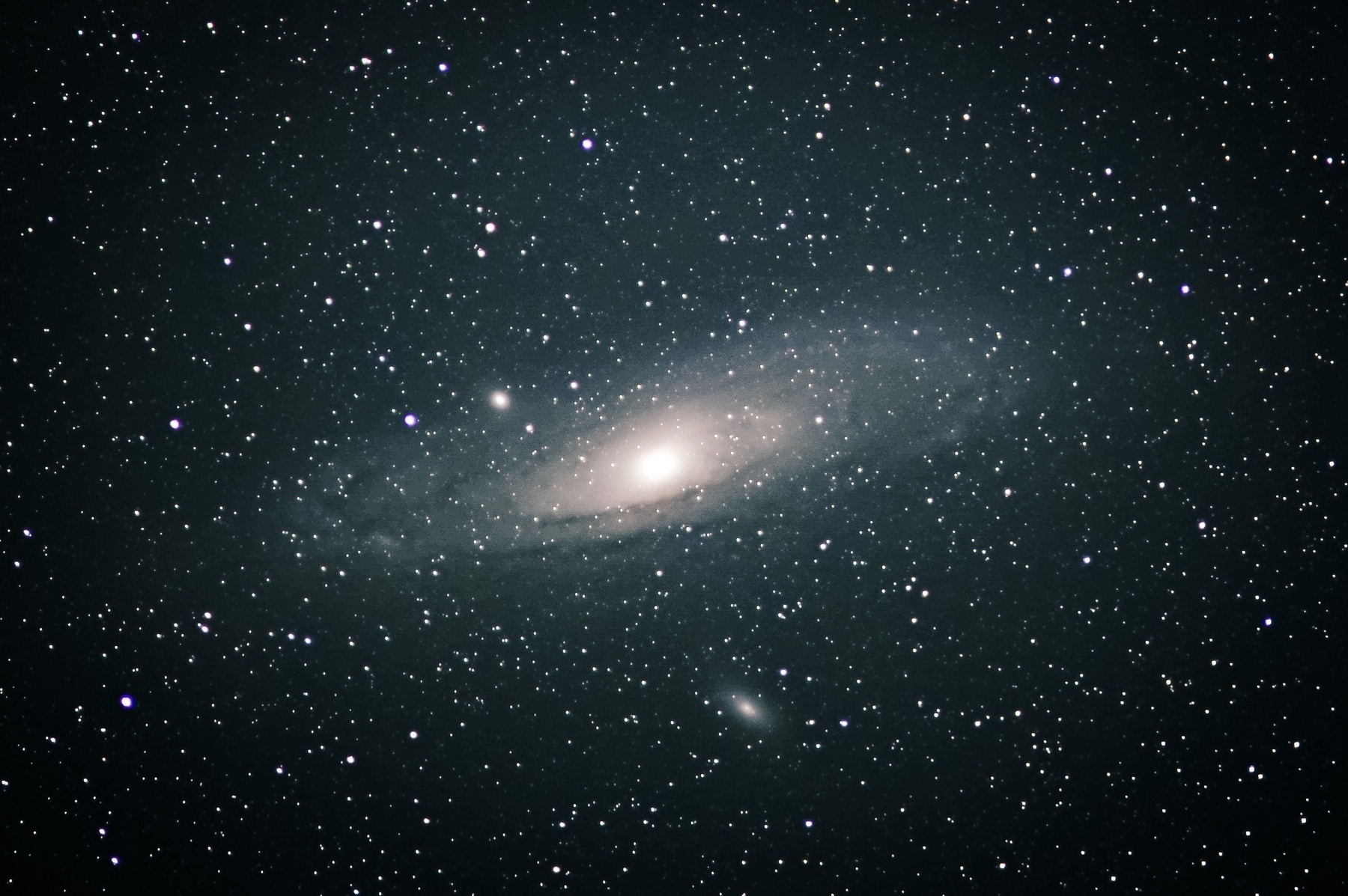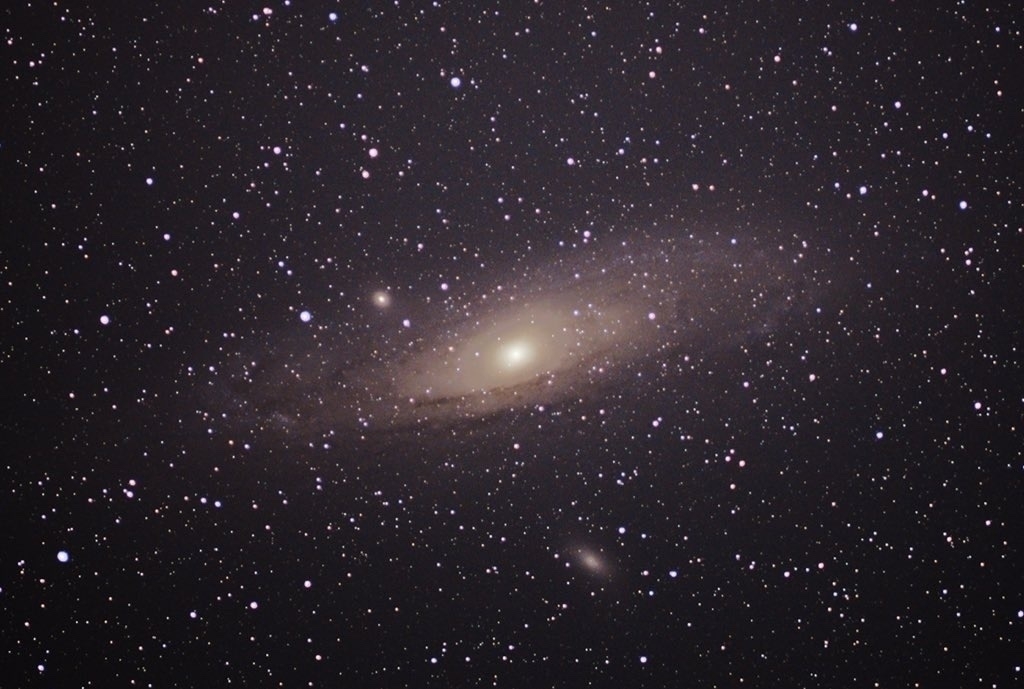Astrophotos
M33 : Triangulum Galaxy

Triangulum Galaxy (M33) is a spiral galaxy that is ~2.7 million light years away. It is one of farthest deep-sky objects that is visible to naked eye. With a diameter of about 40,000 light years, it is smaller than Milky Way and is a part of the local group of galaxies with Andromeda and Milky Way. Many of the emission nebulae and star clusters from this galaxy can be clearly seen even through a small telescope. These objects have their own entries in NGC catalog and observing them has been helpful in our understanding of structures and formation of galaxies.
🔭 WO ZS61 - Optolong LeNhance
📸 Nikon-Z6
40x3min subs captured with dark, bias and flat calibration frames; processed with Siril and PS
Horsehead nebula
Orion is my most favorite constellation and my most favorite deep-sky object is the Horsehead nebula. It is a dark nebula with background of bright ionized hydrogen gas. With many bright stars especially Alnitak, in the vicinity, it is a challenging object to capture. It is even more beautiful in B&W. It is the same photo described in this post from last month.
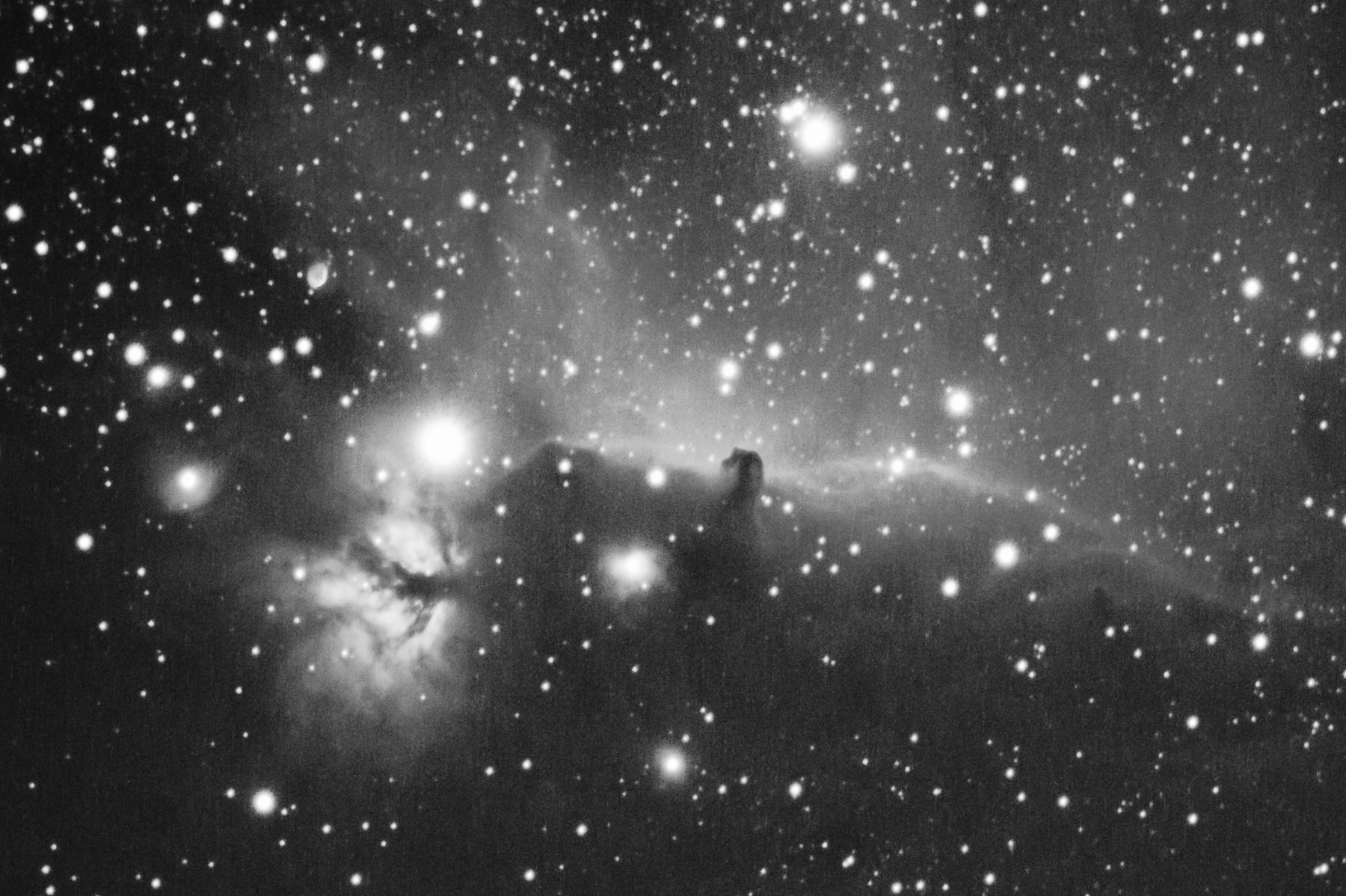
M81 and M82

Reprocessed data from June 2021 for Bode's galaxy (M81) and Cigar galaxy (M82) from Ursa Major. These galaxies are about 12 million light years away and are a part of our local group of galaxies along with Andromeda galaxy and Milky Way galaxy. This image is a short exposure of only about 30 minutes (18 x 99 secs) taken with Nikon Z6 attached to William Optics ZenithStar 61. Hoping to get longer exposures next time.
Nebulae in Orion
January has been a very cloudy and rainy/snowy month. On a couple of clear nights, there was a big bright moon making it hard to do any deep sky imaging. Finally, last week, we had a clear dark night. I was able to capture two different images in the Orion constellation.
Orion and Running man nebulae
The Orion Nebula (M42) is one of the brightest nebula that is visible to naked eye. It is about 1300 light years away and is a region of massive star formation closest to Earth. There are about 700 stars in various stages of formation within the nebula. (Text paraphrased from Wikipedia.) William Optics ZS61 with Optolong LeNhance narrowband filter
William Optics ZS61 with Optolong LeNhance narrowband filter
 Nikon-Z6 60 x 1min subs; processed with Siril and Photoshop
Nikon-Z6 60 x 1min subs; processed with Siril and Photoshop
Flame and Horse head nebulae
The Horse head nebula (Barnard 33) is about 1300 light years away and is one of the most recognizable dark sky object. As a young boy interested in Astronomy, I was very impressed by Horse head nebula. It is a faint object and I couldn't view with the amateur telescope that I had. At that time I couldn't have imagined that some day I'll be able to take a photo of Horse head nebula. William Optics ZS61 with Optolong LeNhance narrowband filter
William Optics ZS61 with Optolong LeNhance narrowband filter
 Nikon-Z6 41 x 3min subs; processed with Siril and Photoshop
Nikon-Z6 41 x 3min subs; processed with Siril and Photoshop
While capturing these light frames, other calibration frames (bias, dark, and flat) were also collected but, not used while processing to get the images posted here. Planning to reprocess with those calibration frames and see how much difference they make. I also have to learn techniques for star reduction. As can be seen in these images, the stars are getting bloated while stretching the data to bring out the faint objects.
Sunspots on 20220112
Several sunspots can be seen in photos of the Sun on January 12th. After going through a trough over the last couple of years, the solar activity is on the upswing as the Sun moves through its 11 year cycle. Peak activity is expected in mid 2025. Hoping to capture more Sun images during this high activity period.
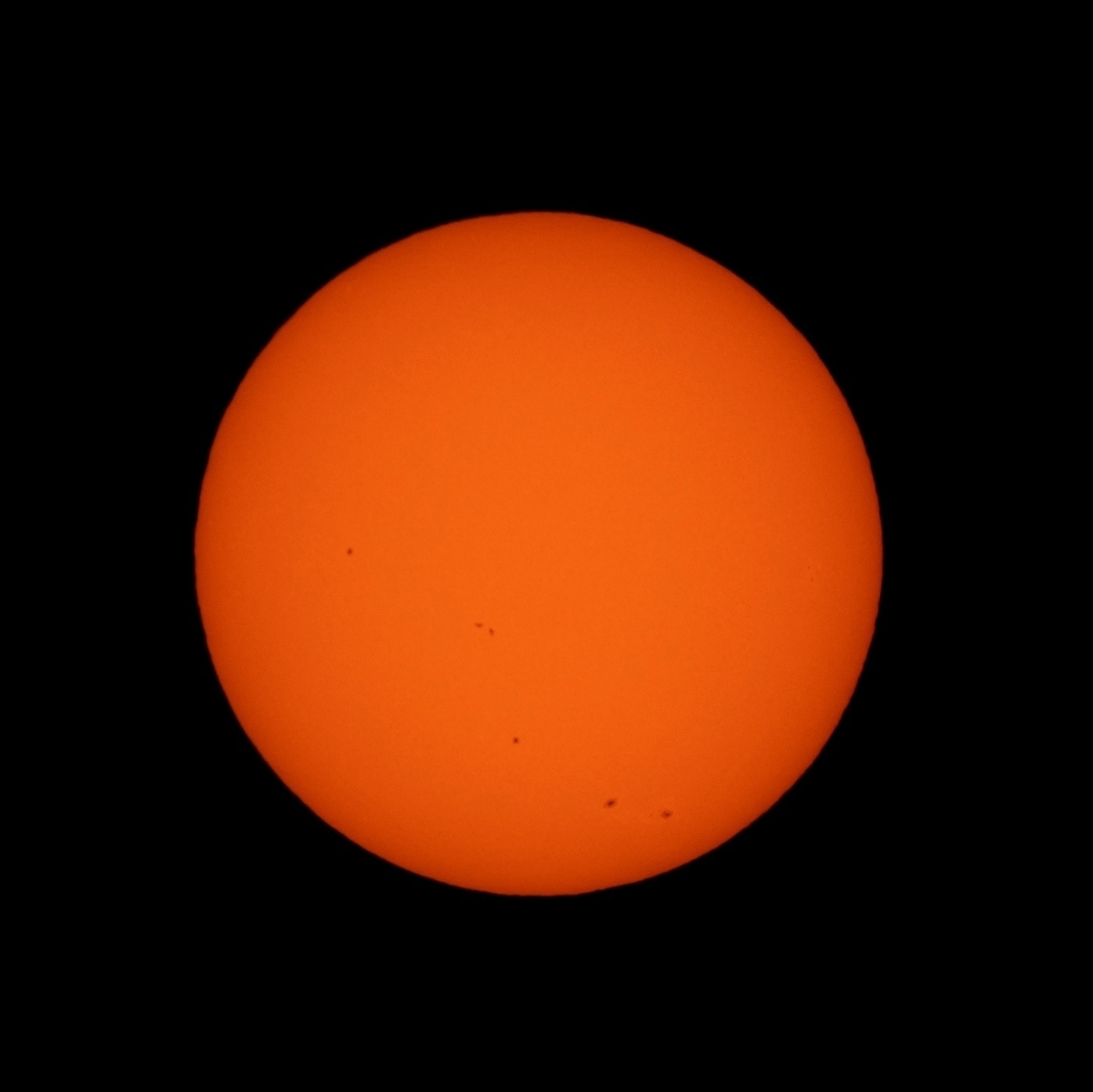
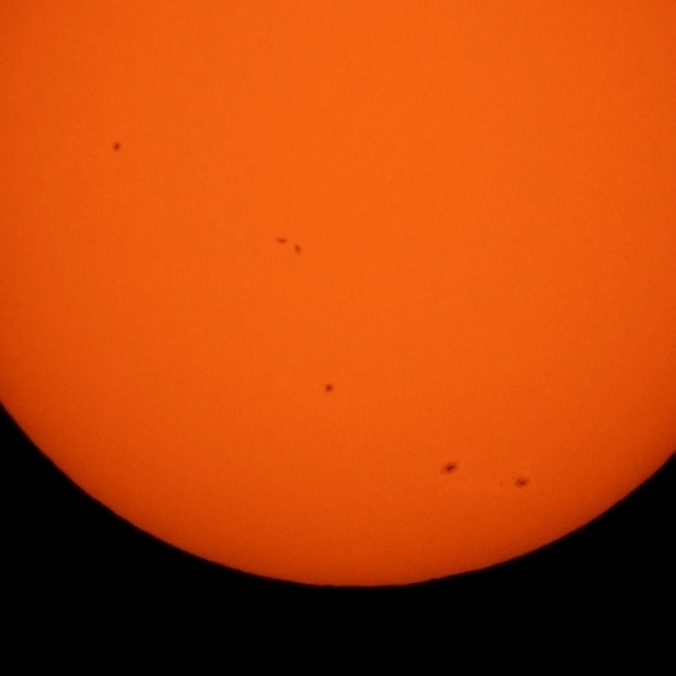
Orion
I am sure everyone agrees that Orion is the most recognizable and the most beautiful constellation in the night sky. Along with all the bright stars, there are many deep sky objects to explore. I have been waiting for several months to get another chance to image all these interesting objects from Orion. It has been quite cloudy and rainy for many days and nights. There were some clear sky moments between the passing clouds on Friday and I could capture a few subs at 50mm focal length to capture the whole constellation. Not the best photo but, the Orion Nebula is quite obvious and so are horsehead and flame nebulae. Hope that there will be more clear nights to capture these at higher magnification some time soon.
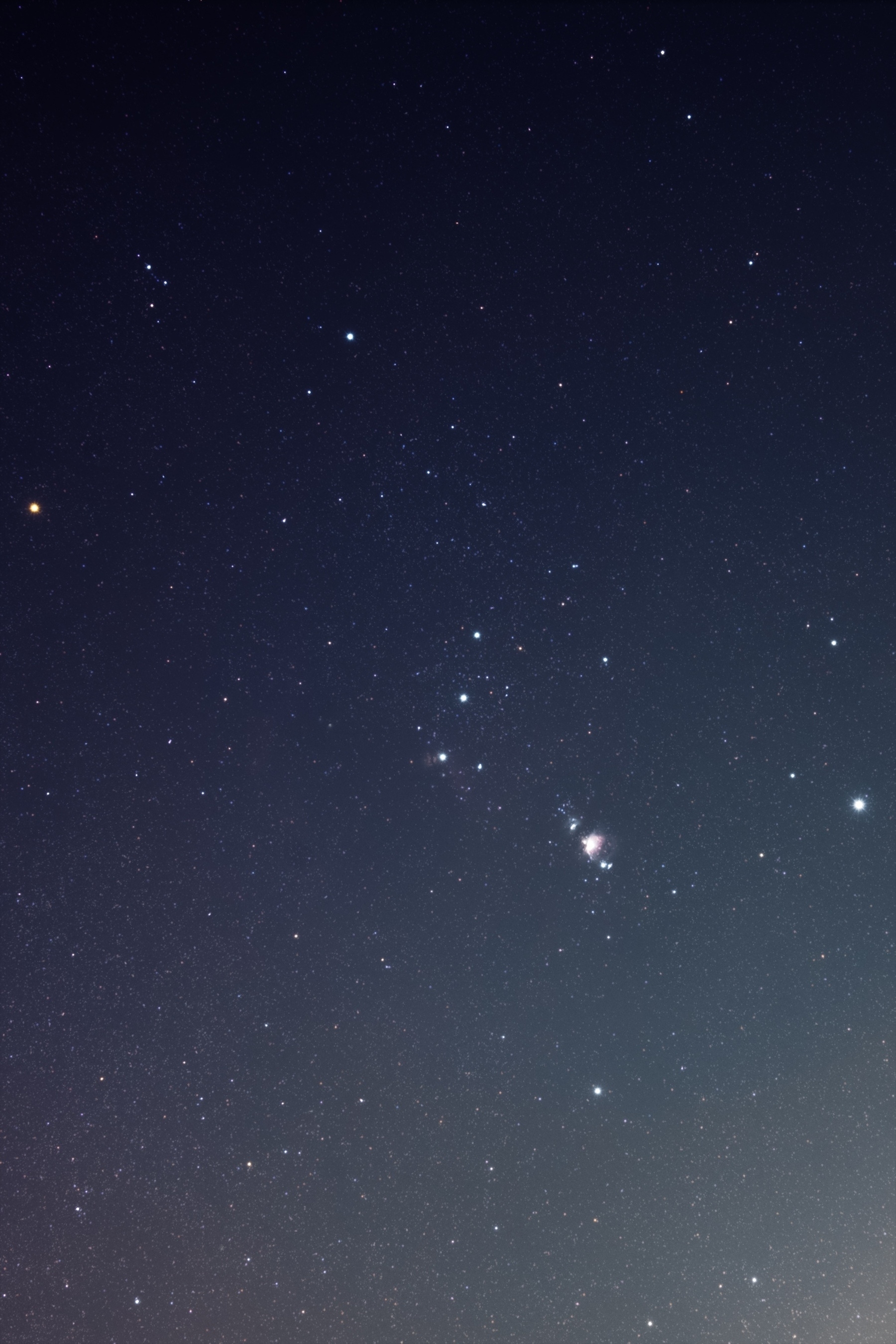
My Astrophotos of 2021
Here is a post of my favorite astrophotos of 2021. All of these did not make it as a post during the year, hoping to do better documenting in 2022.
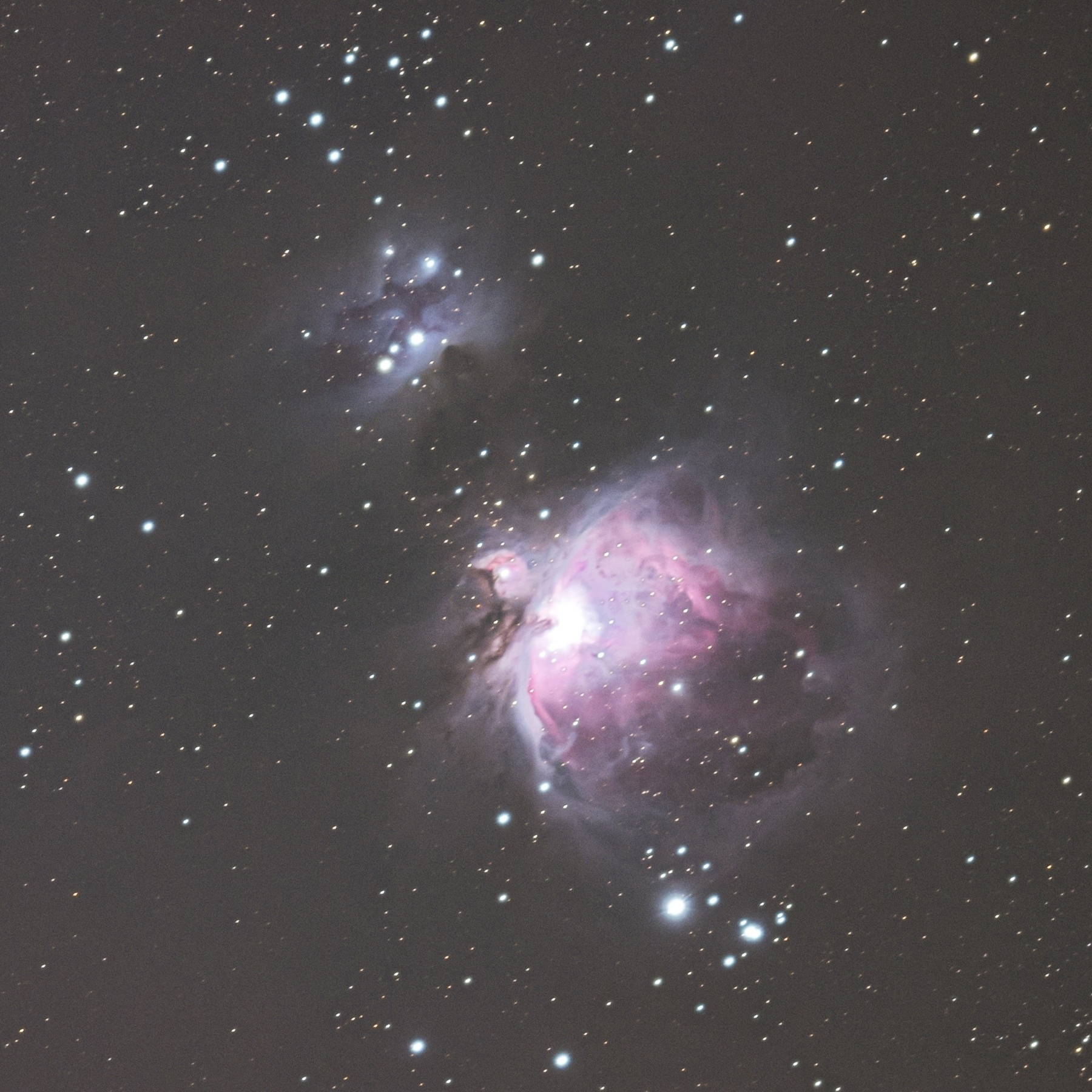
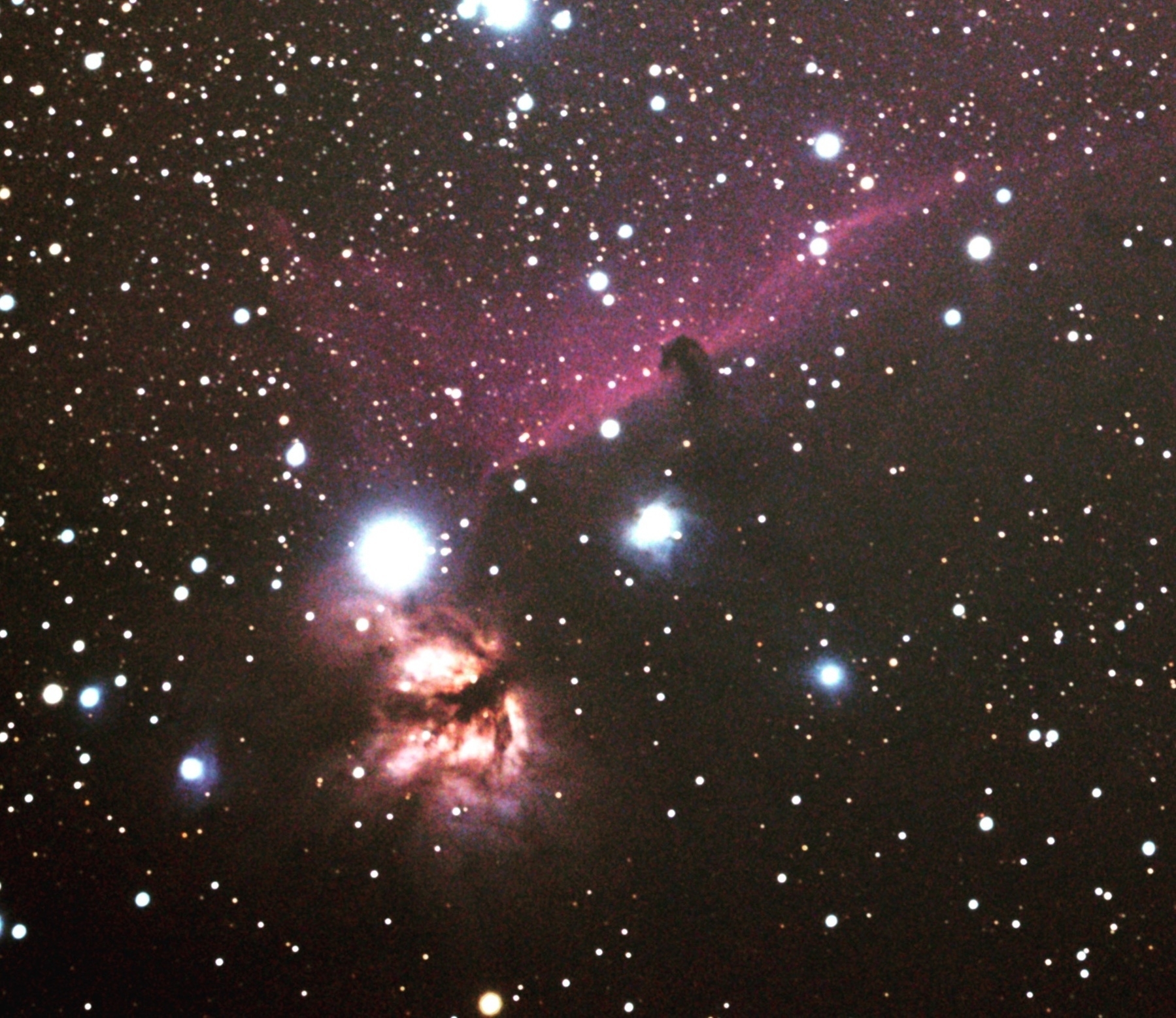
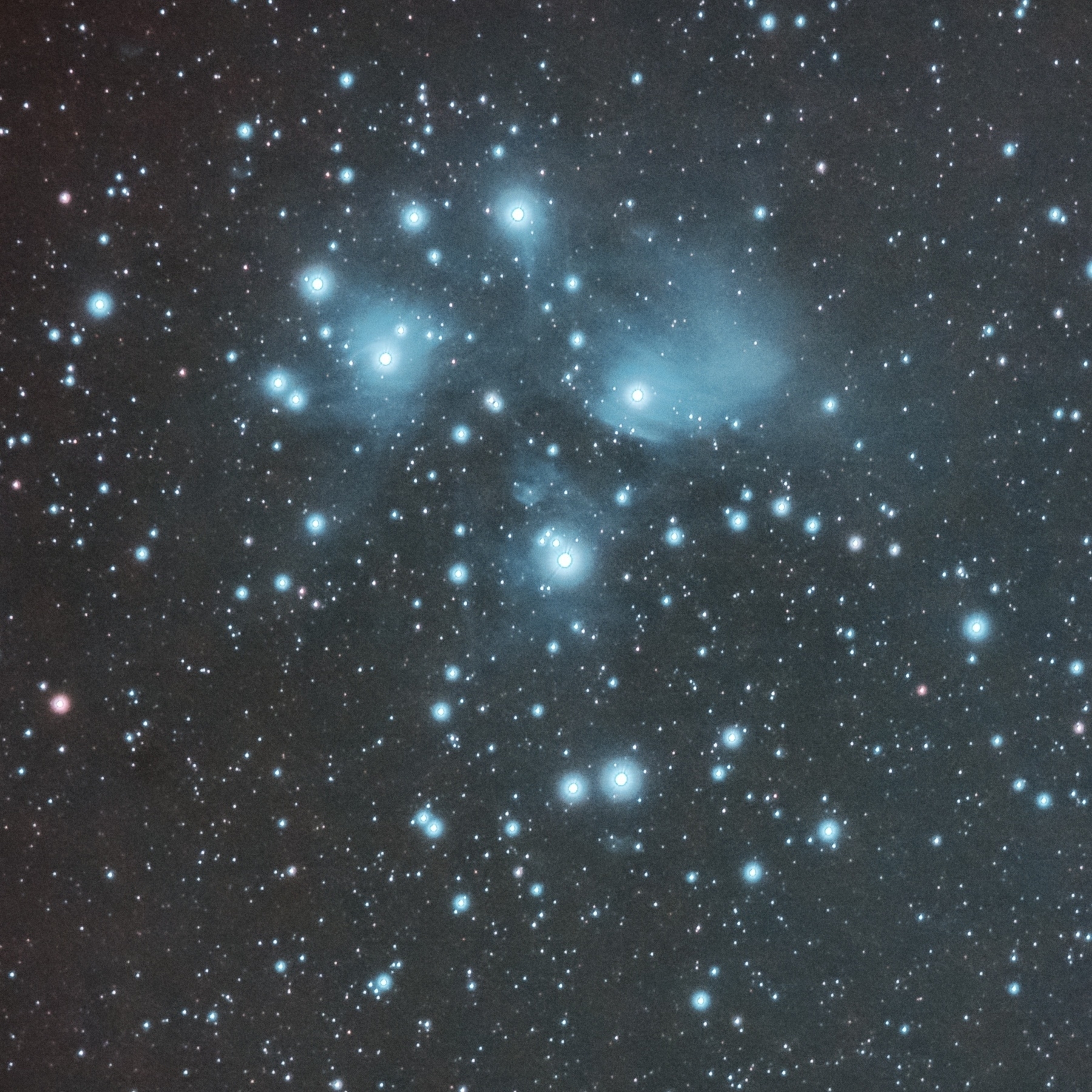
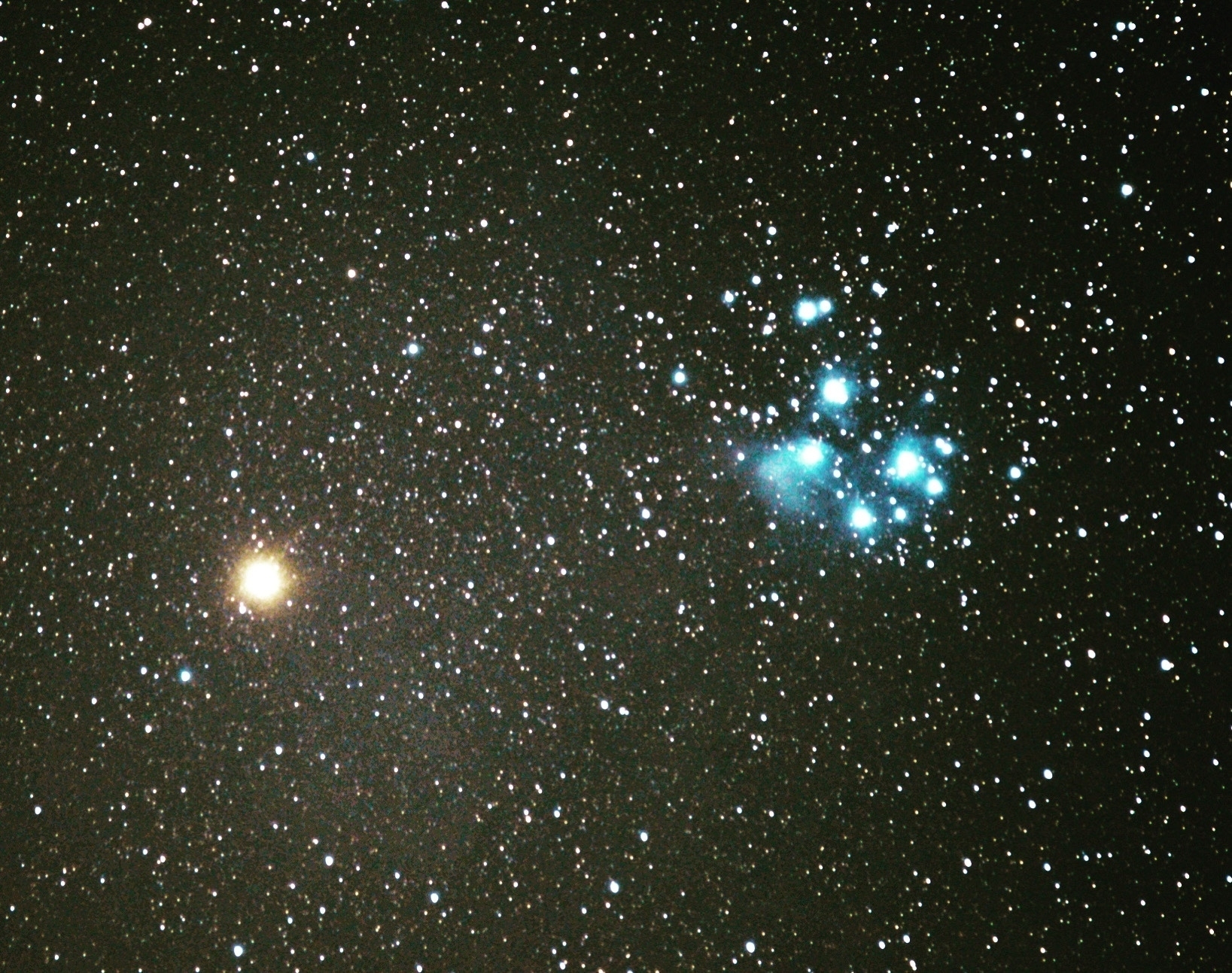

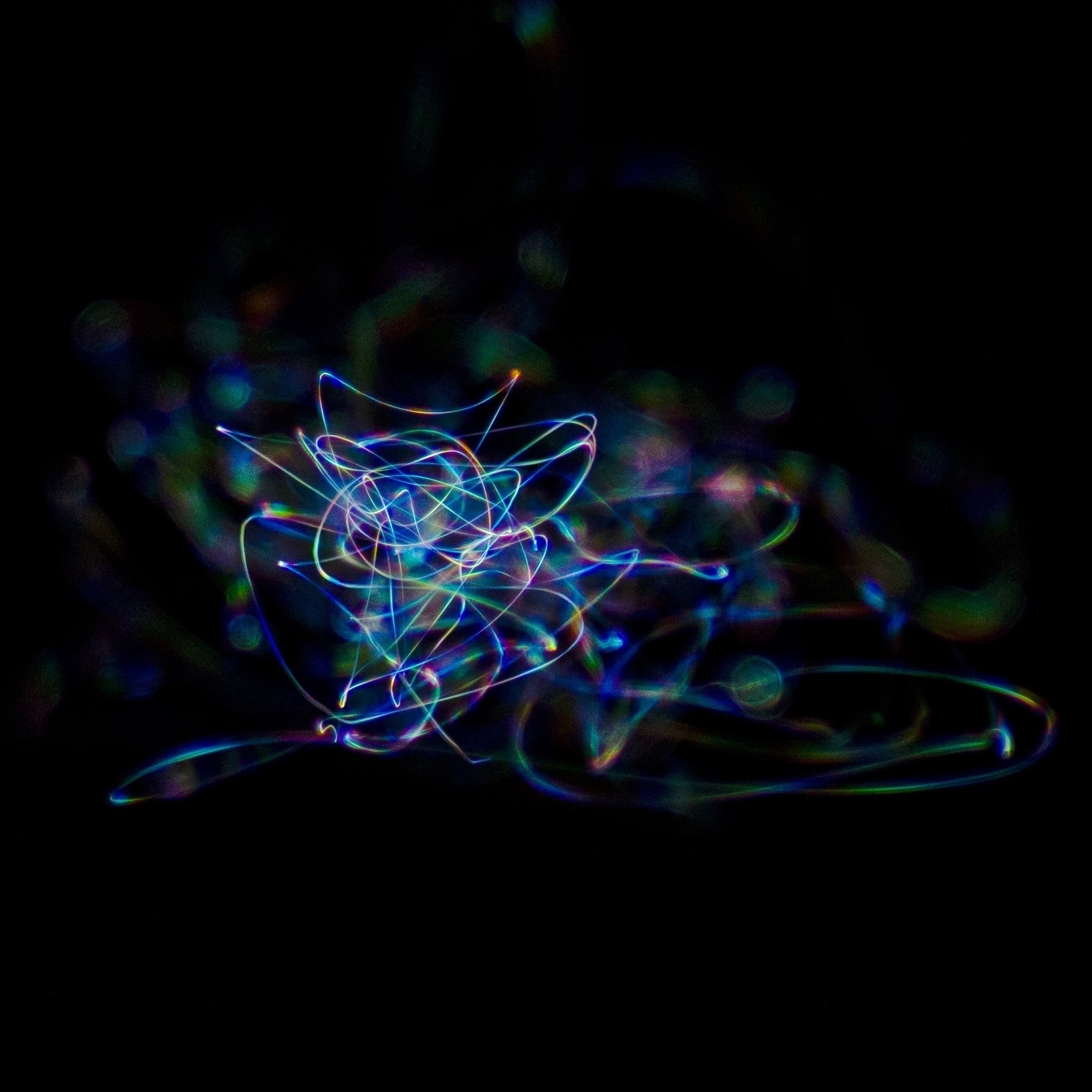
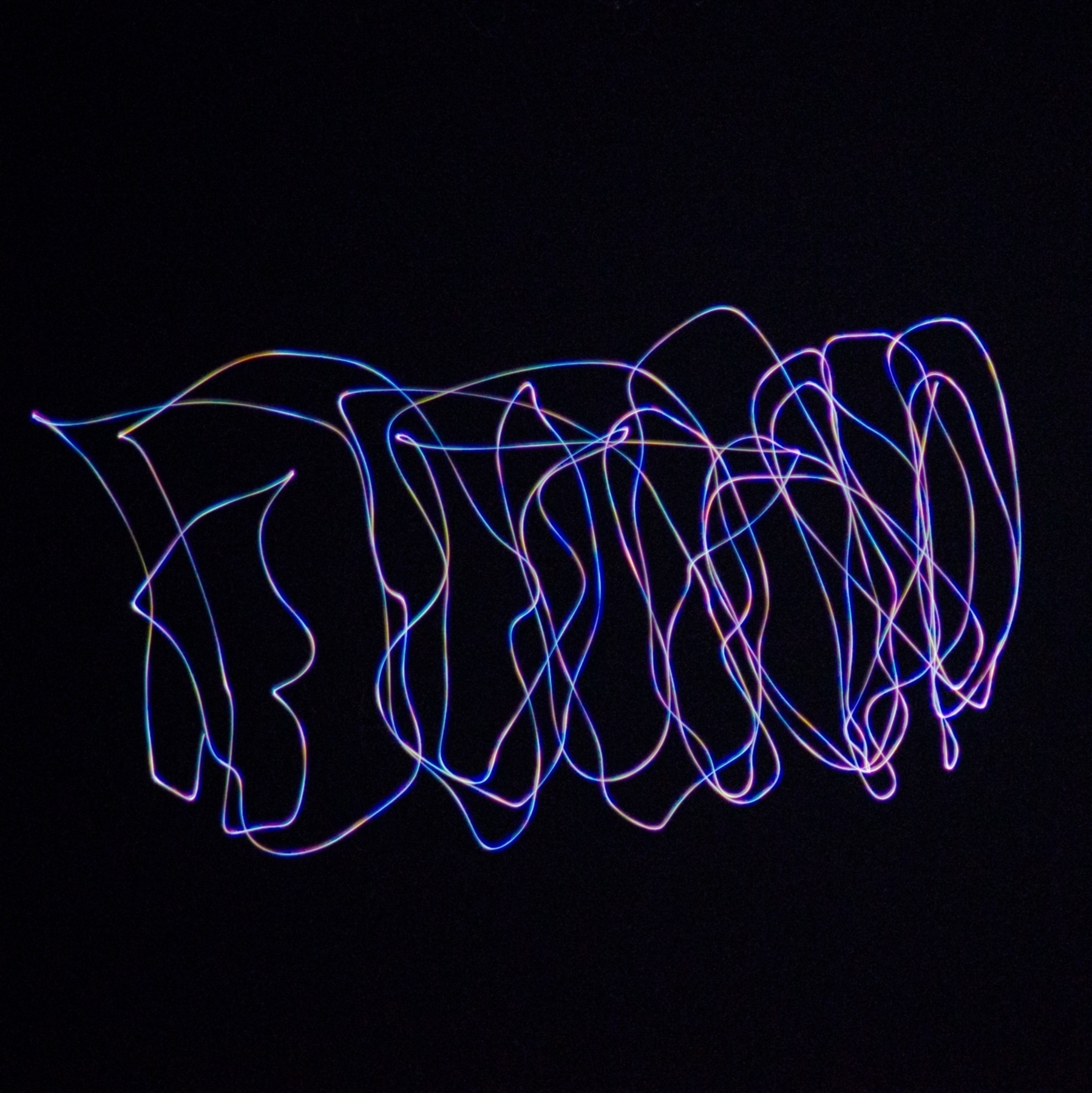
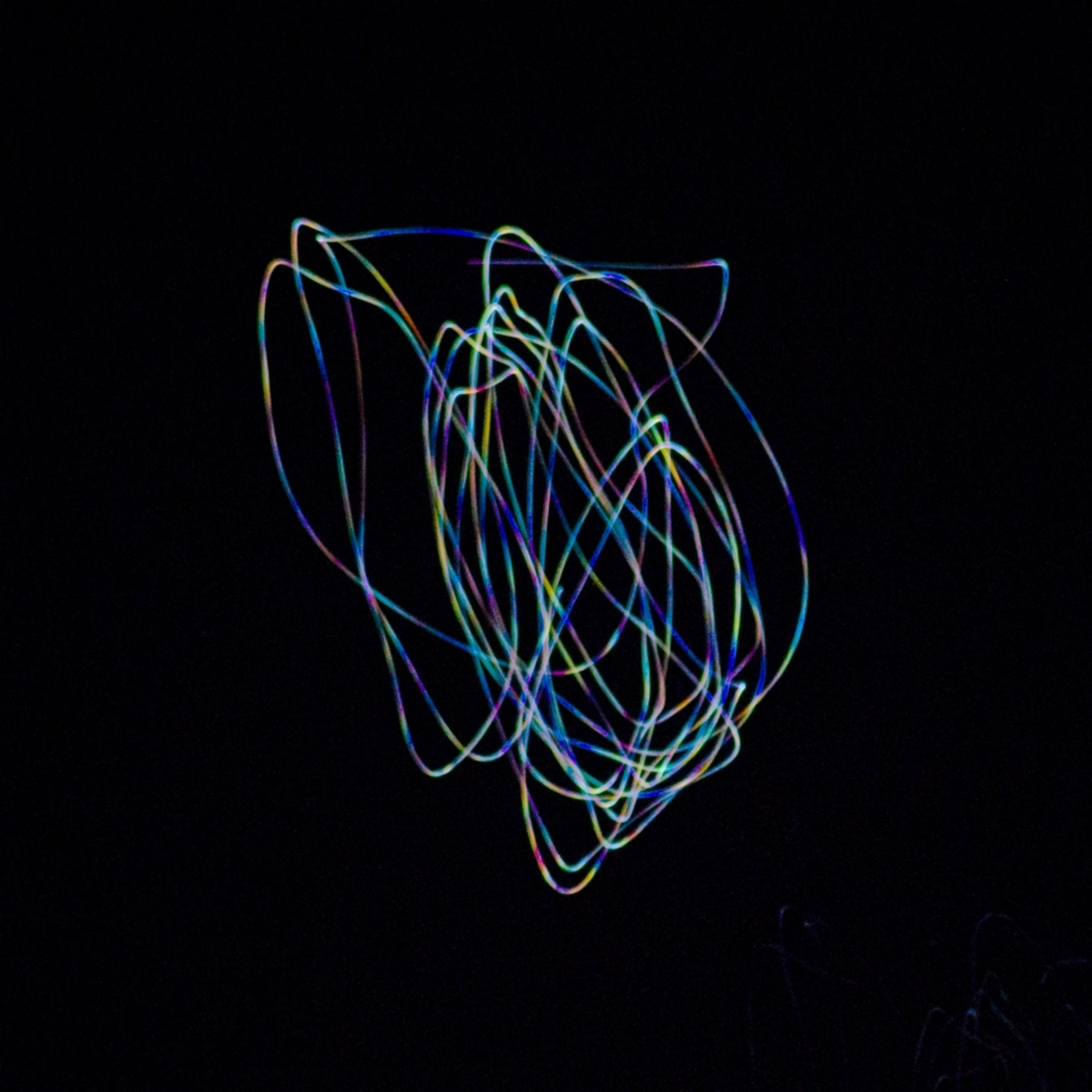
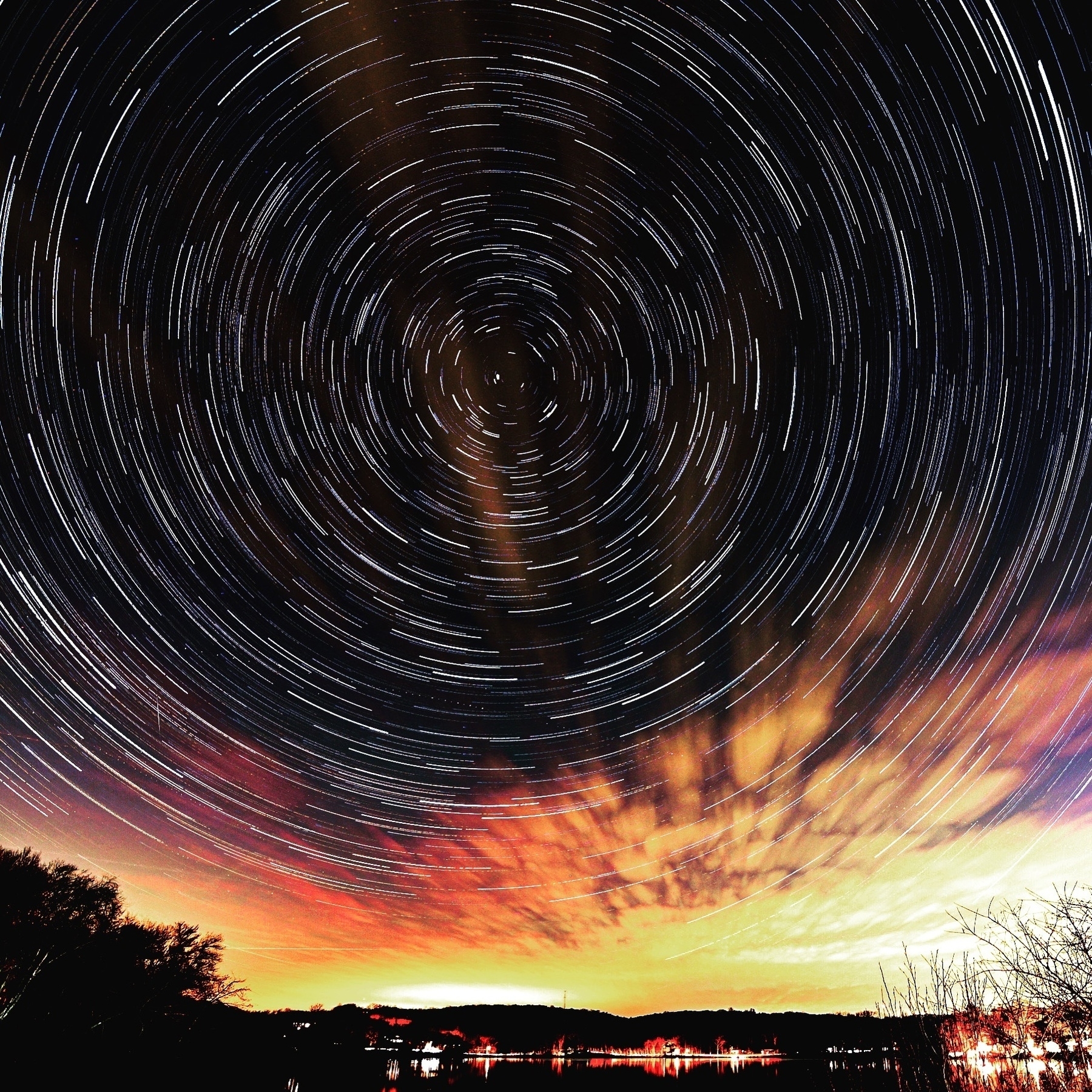
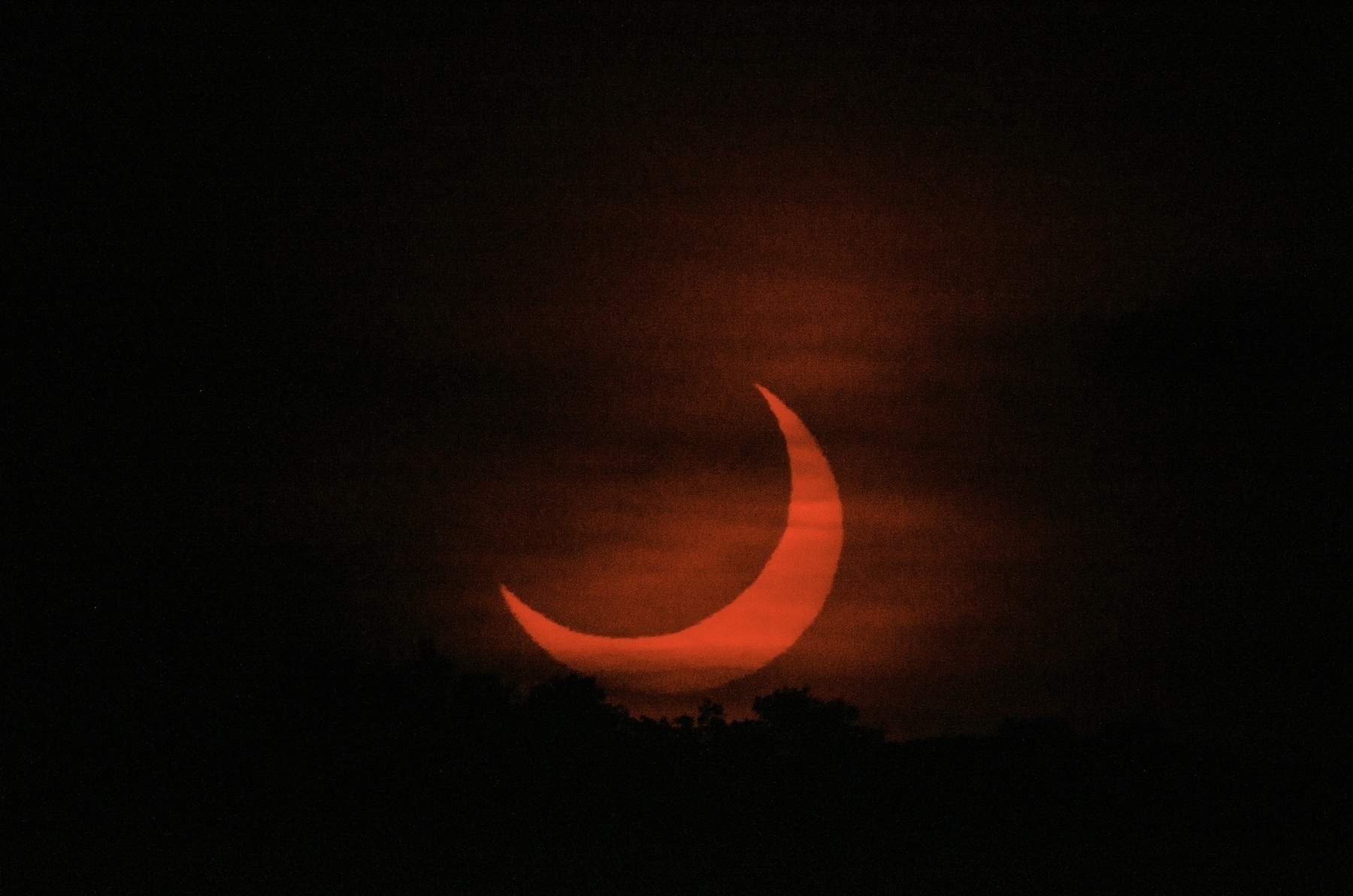
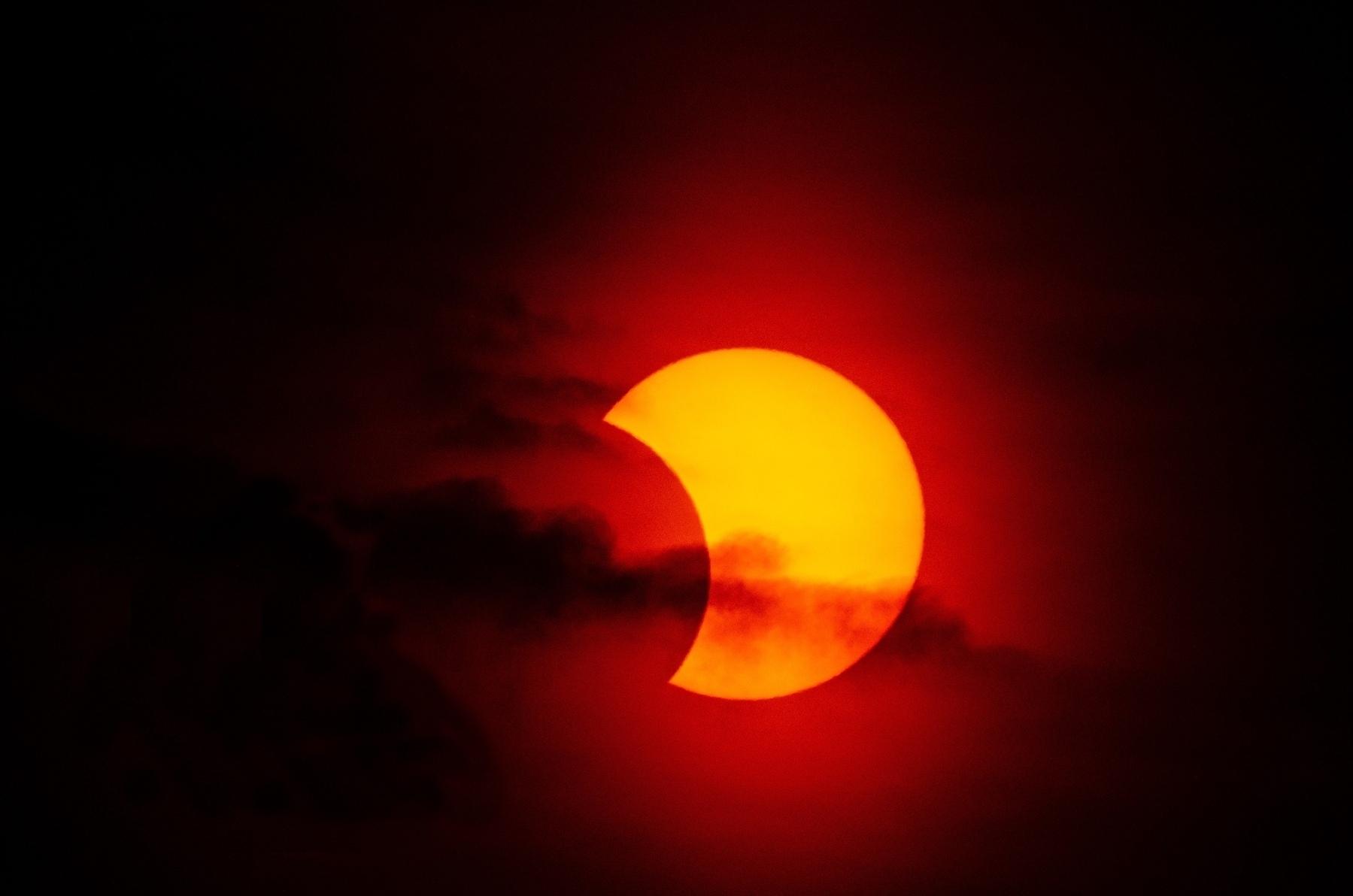

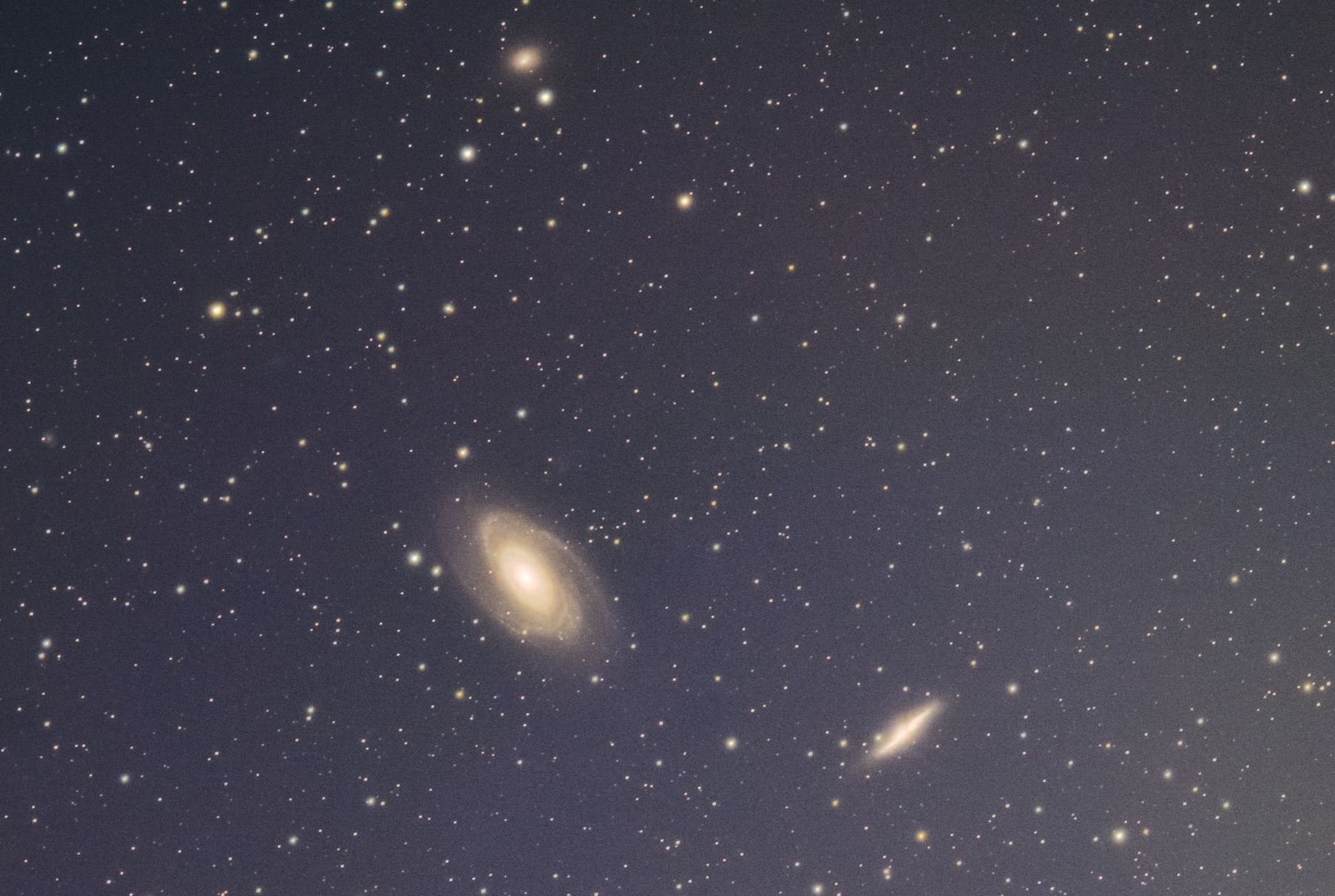
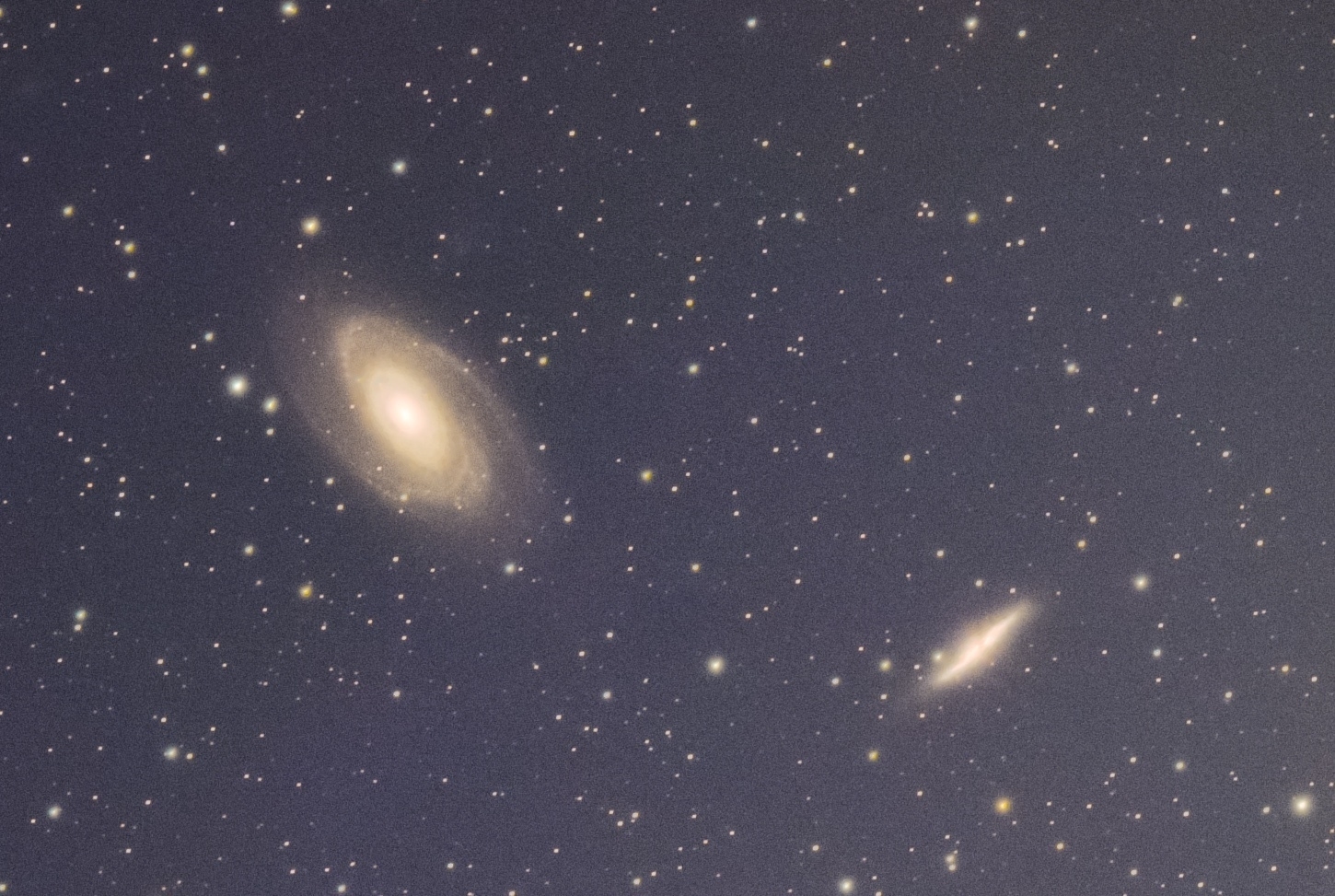
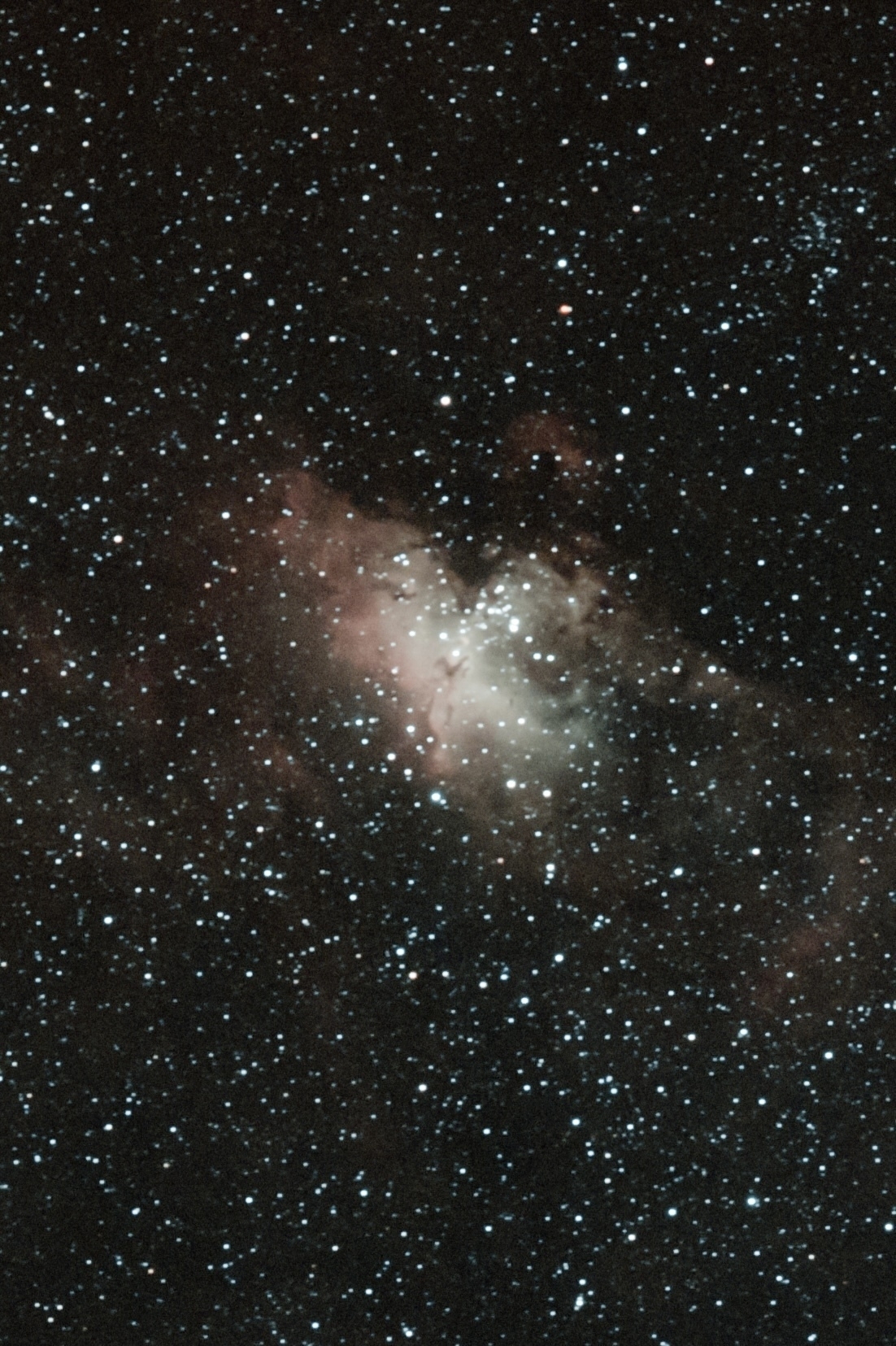
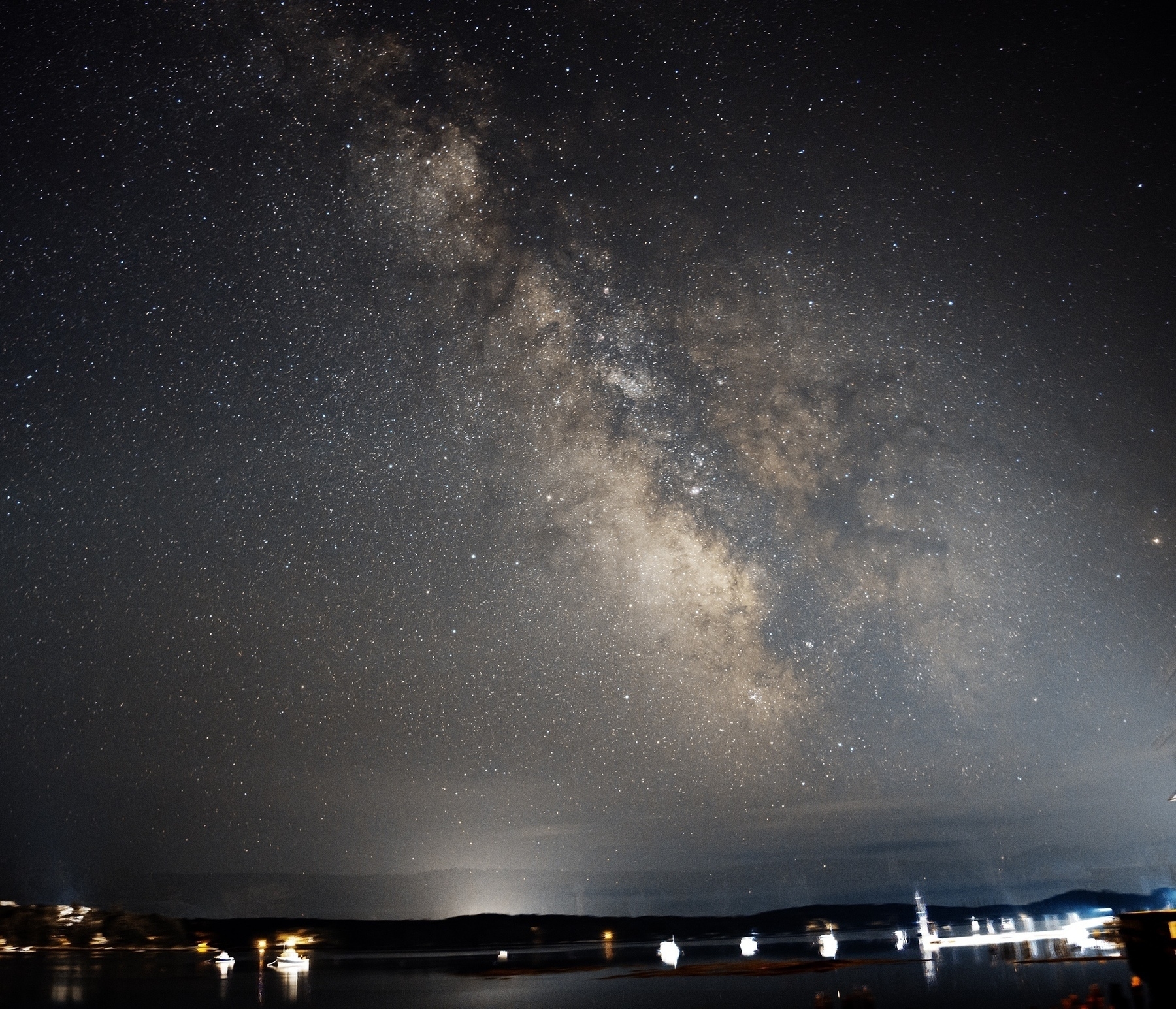
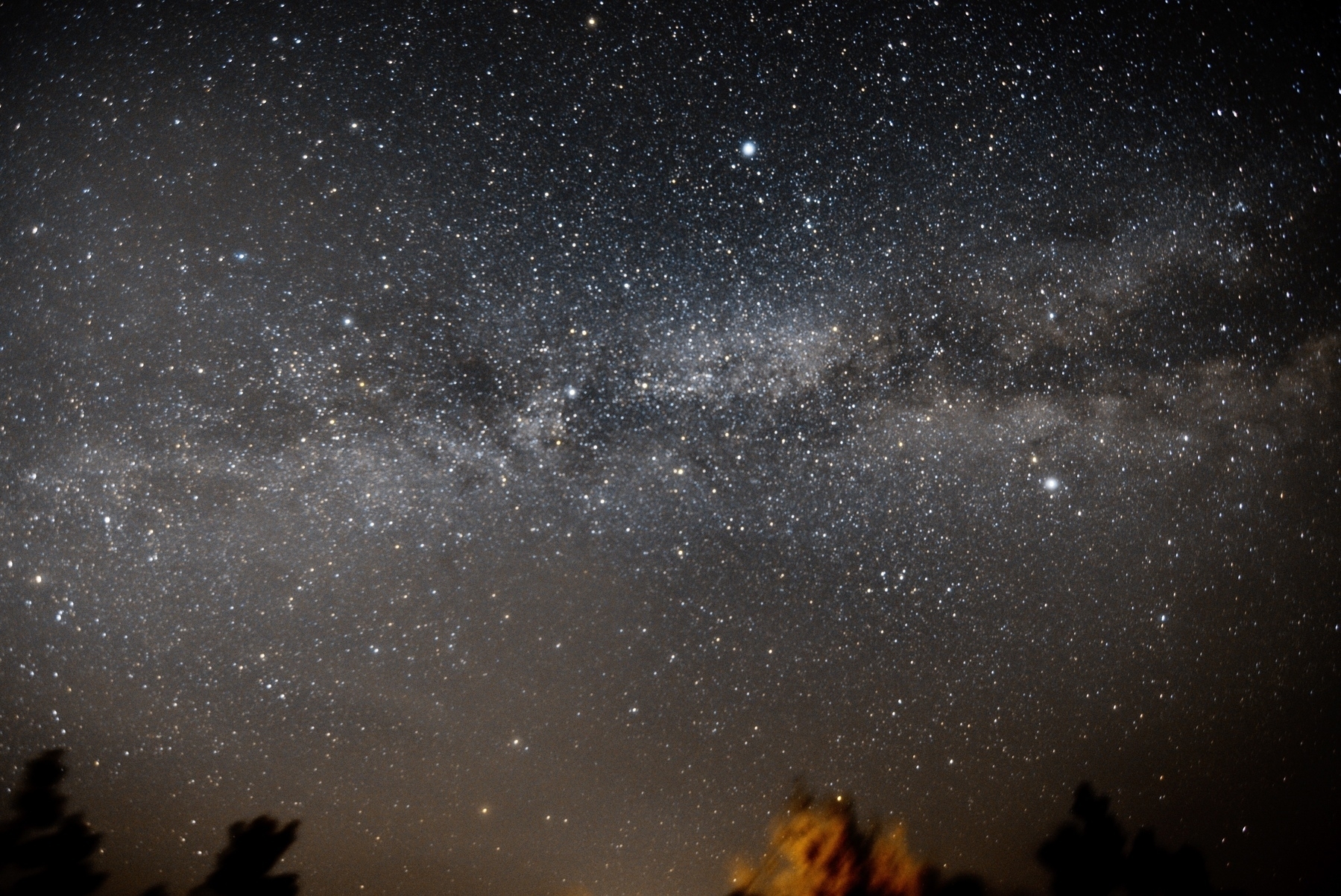
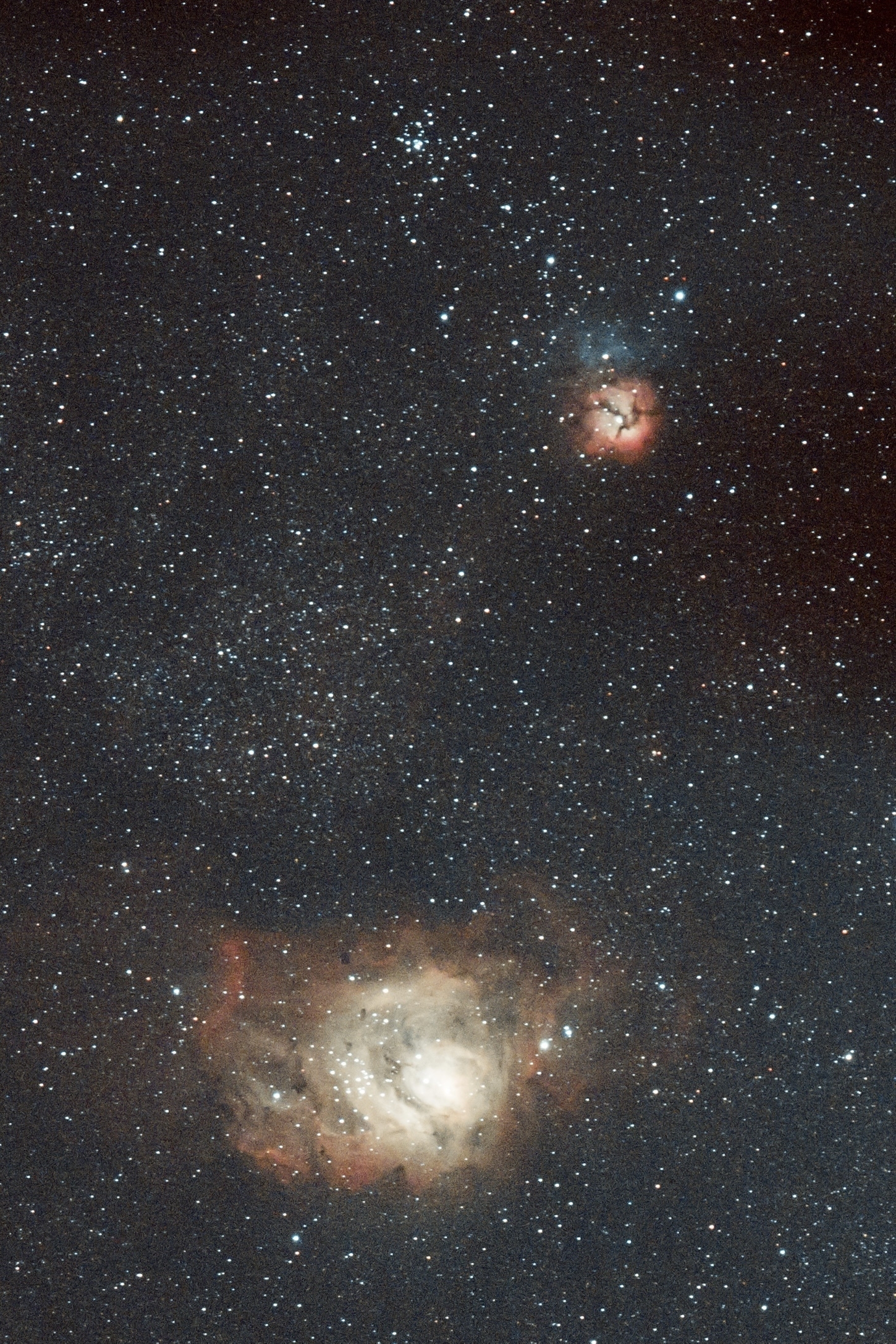
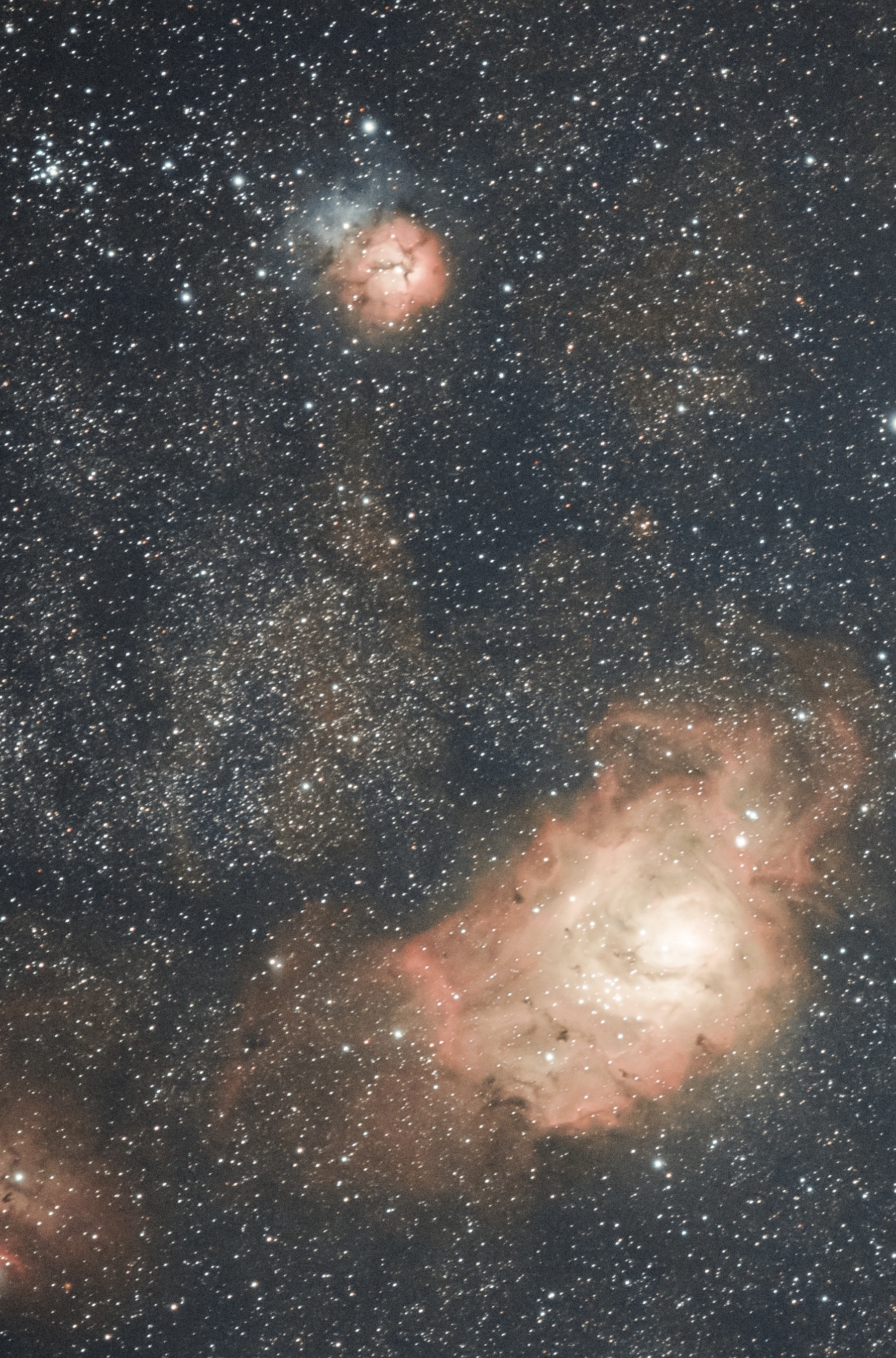
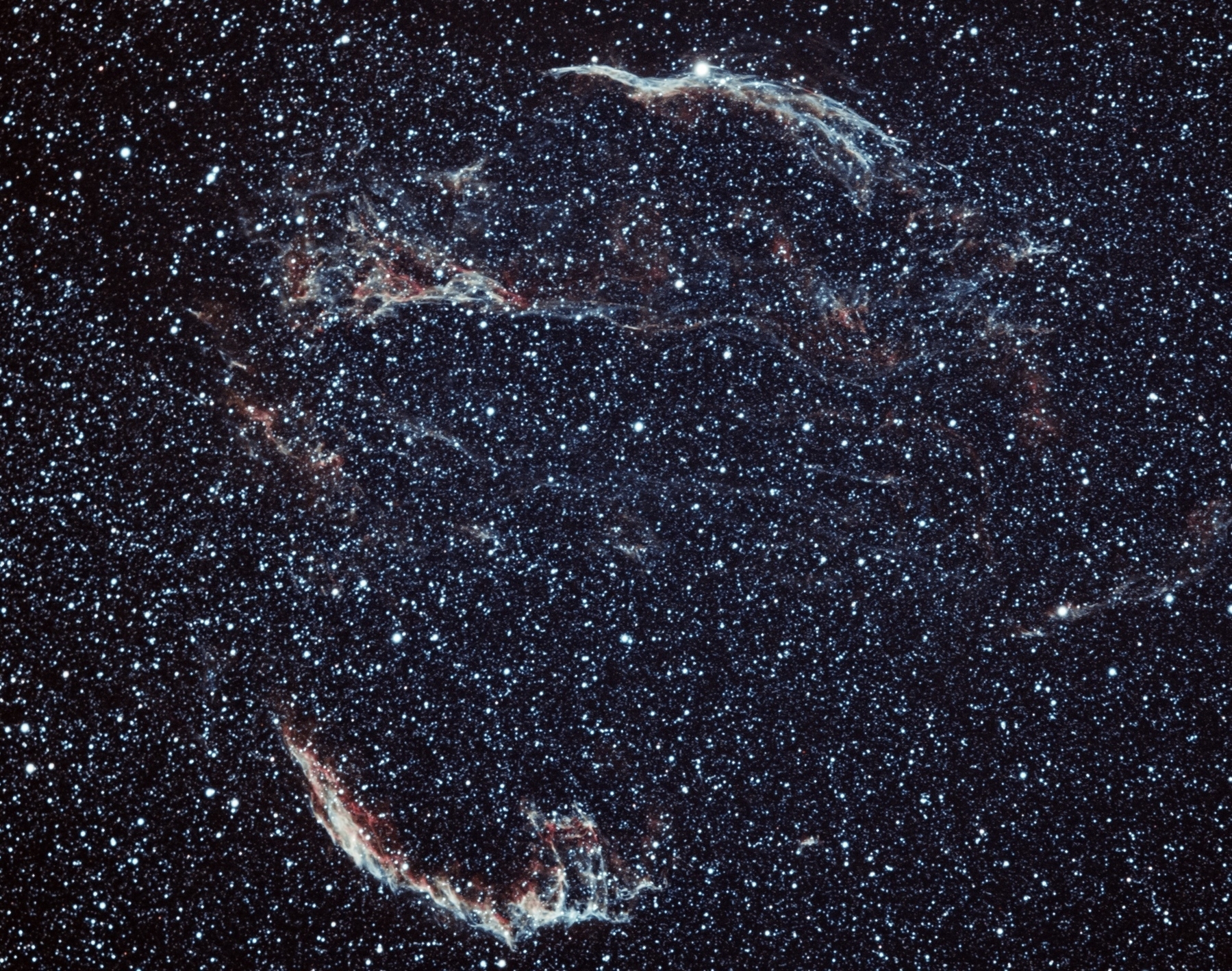

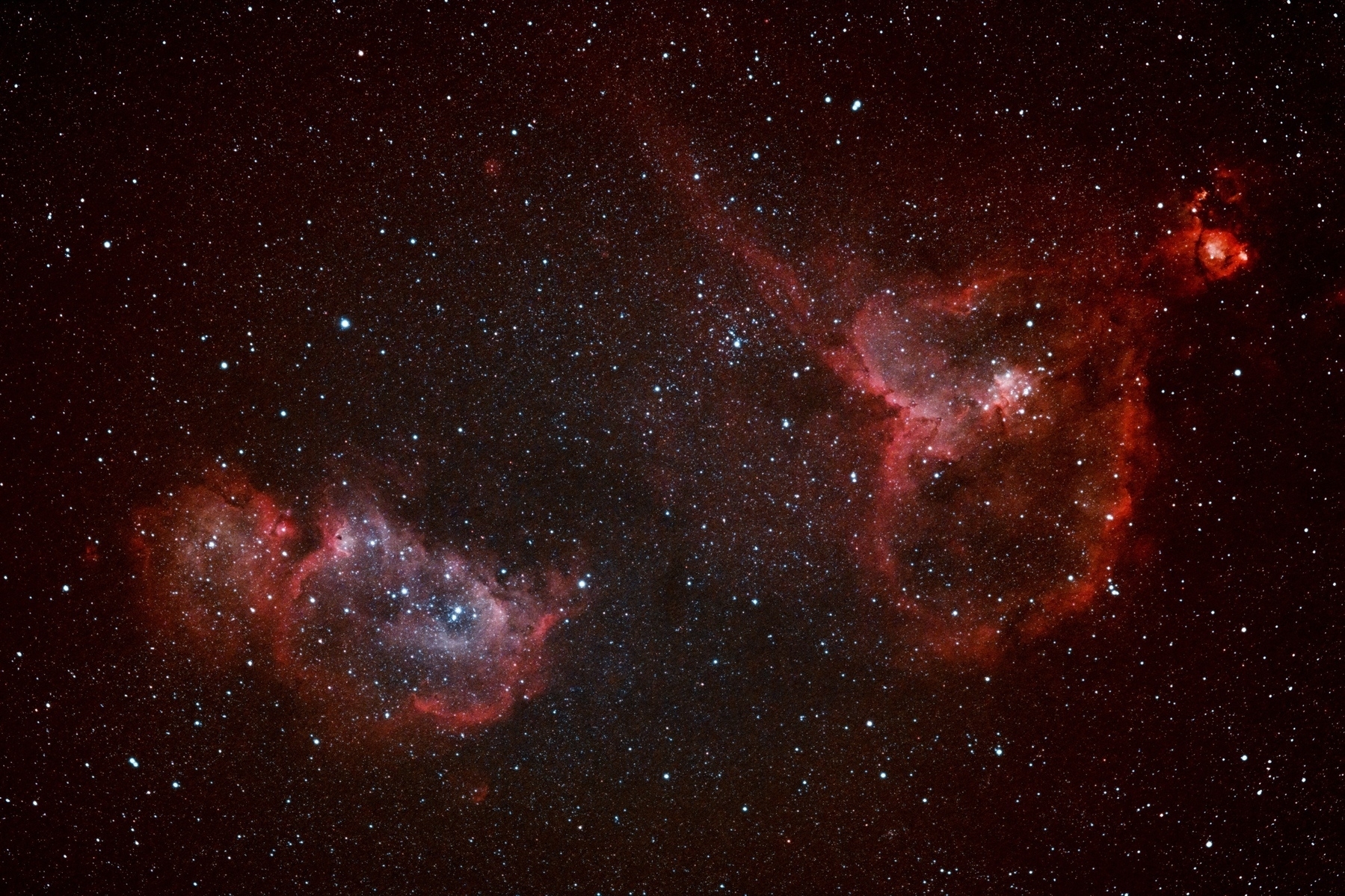


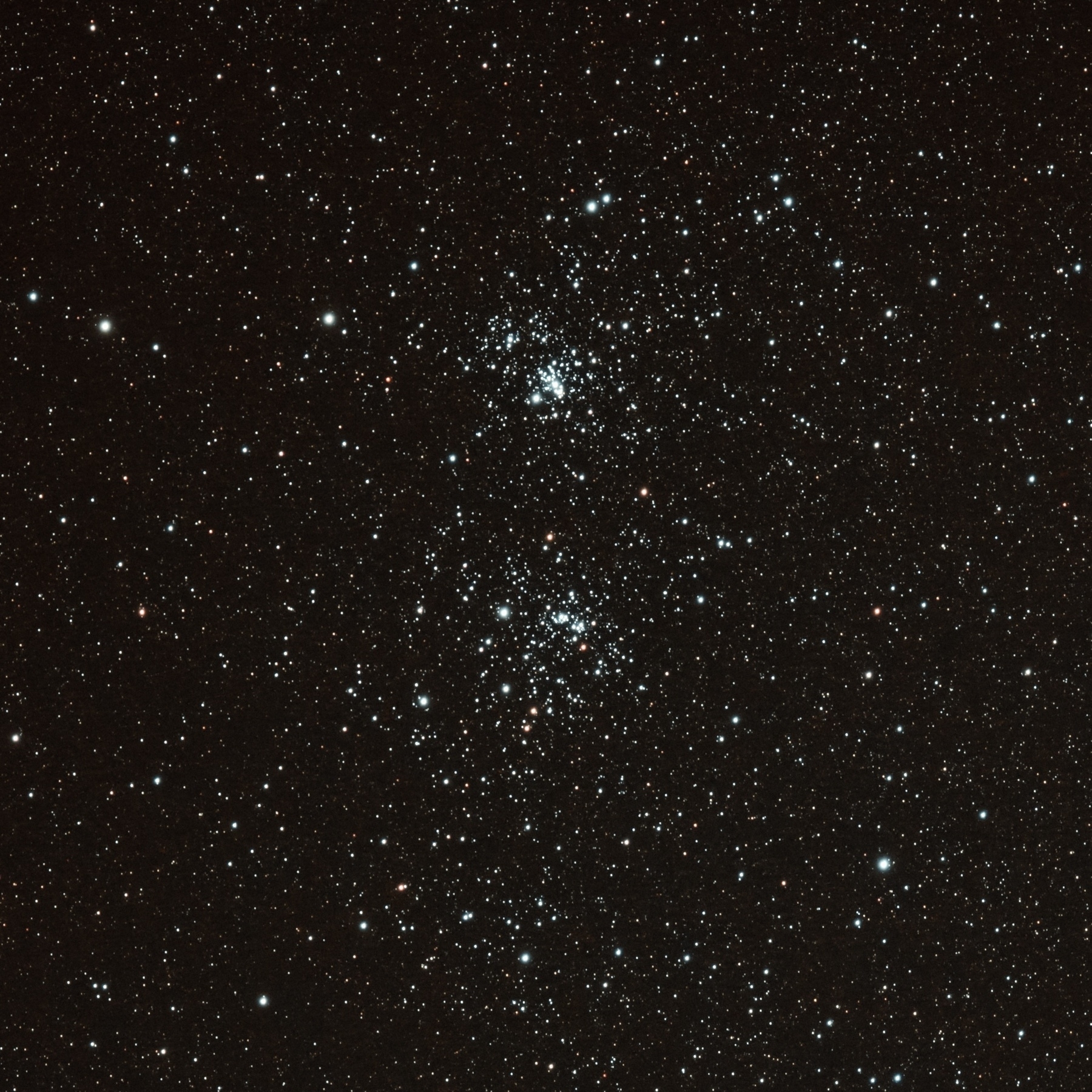
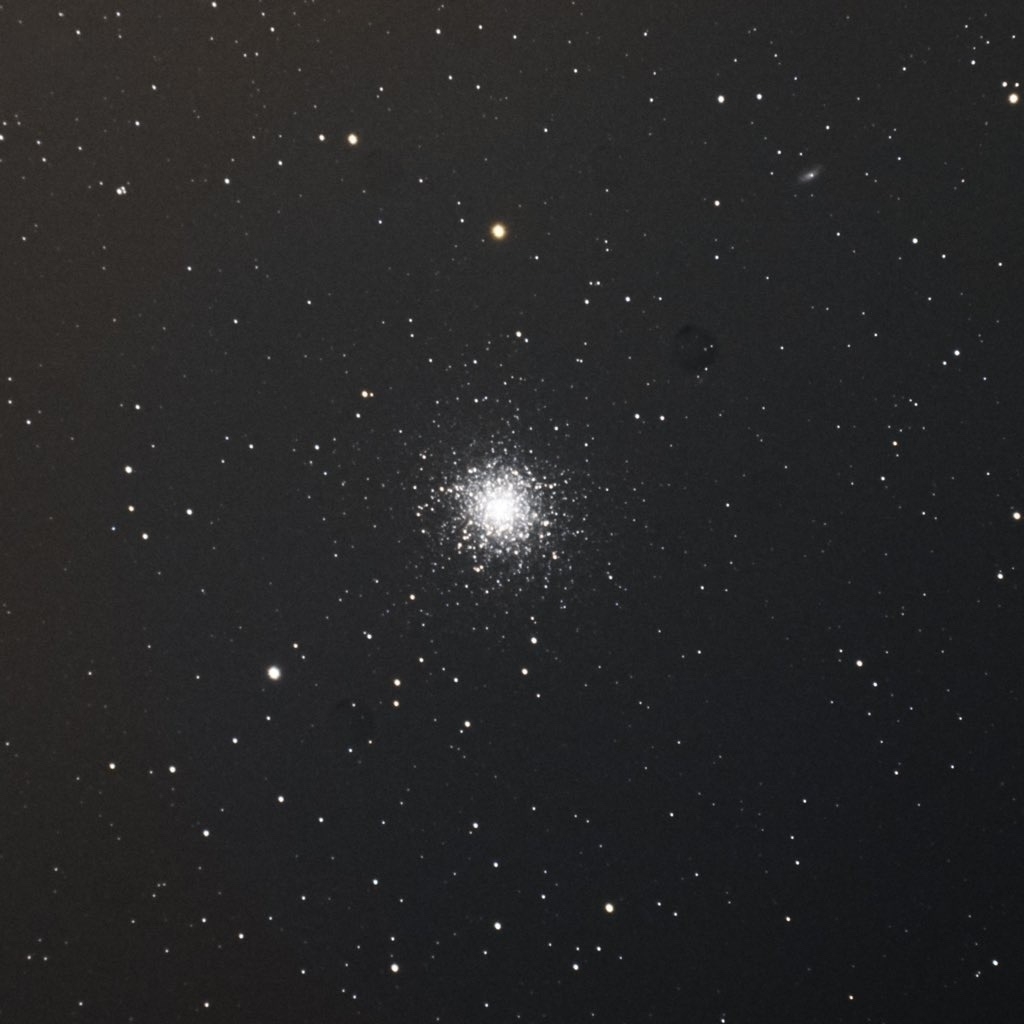
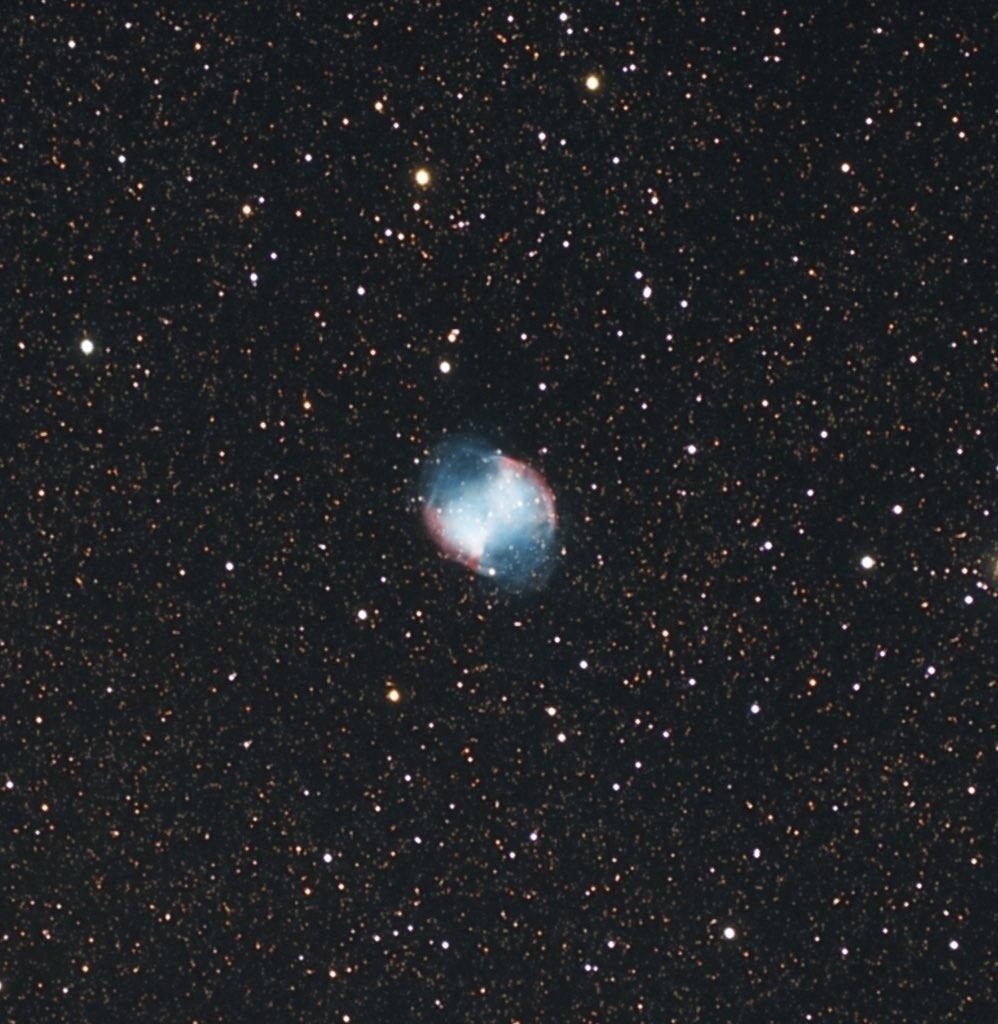
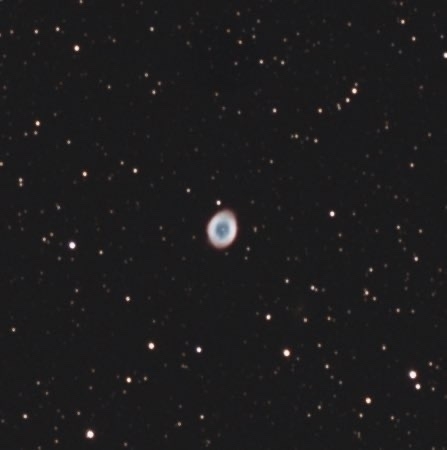
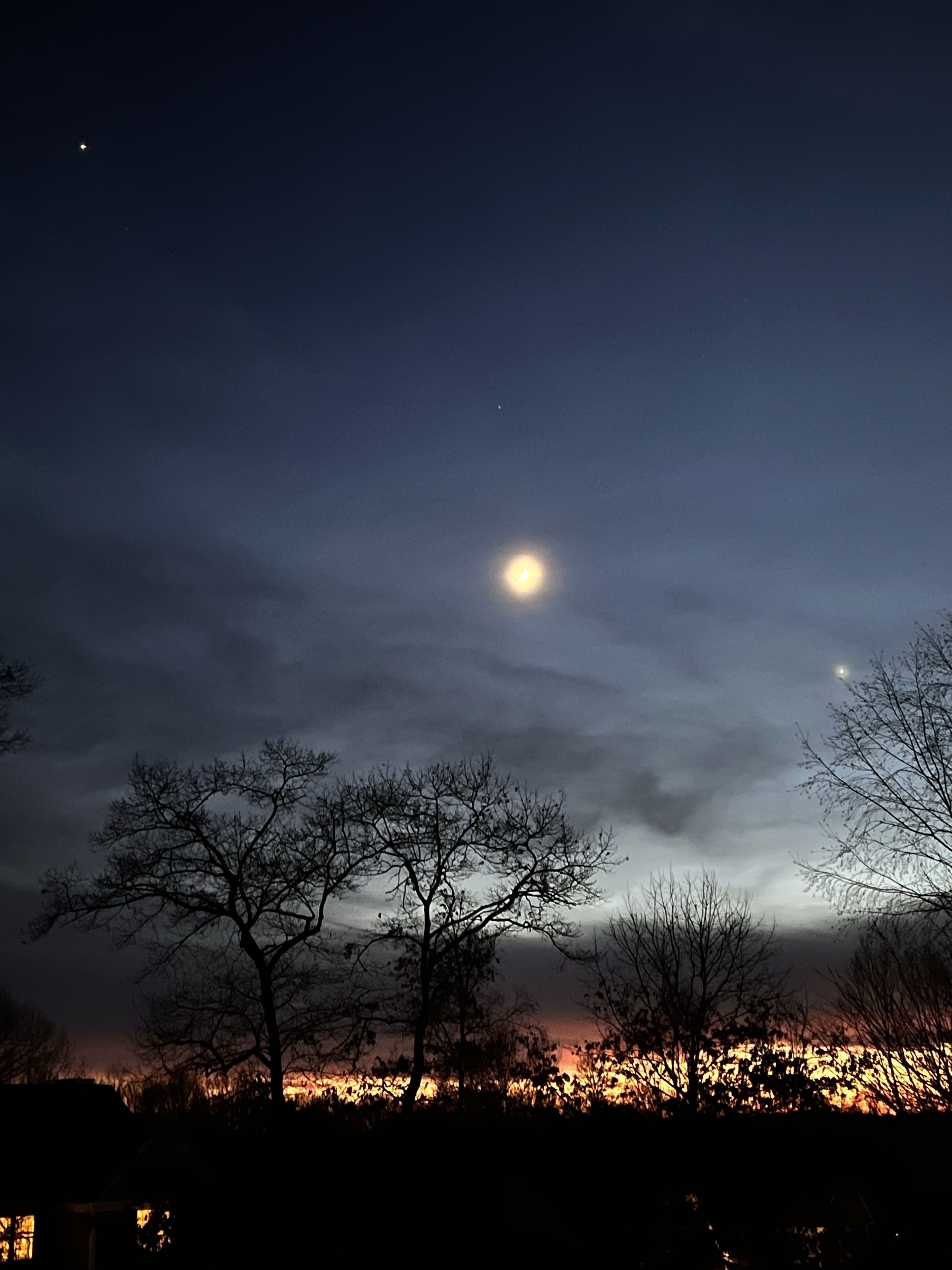
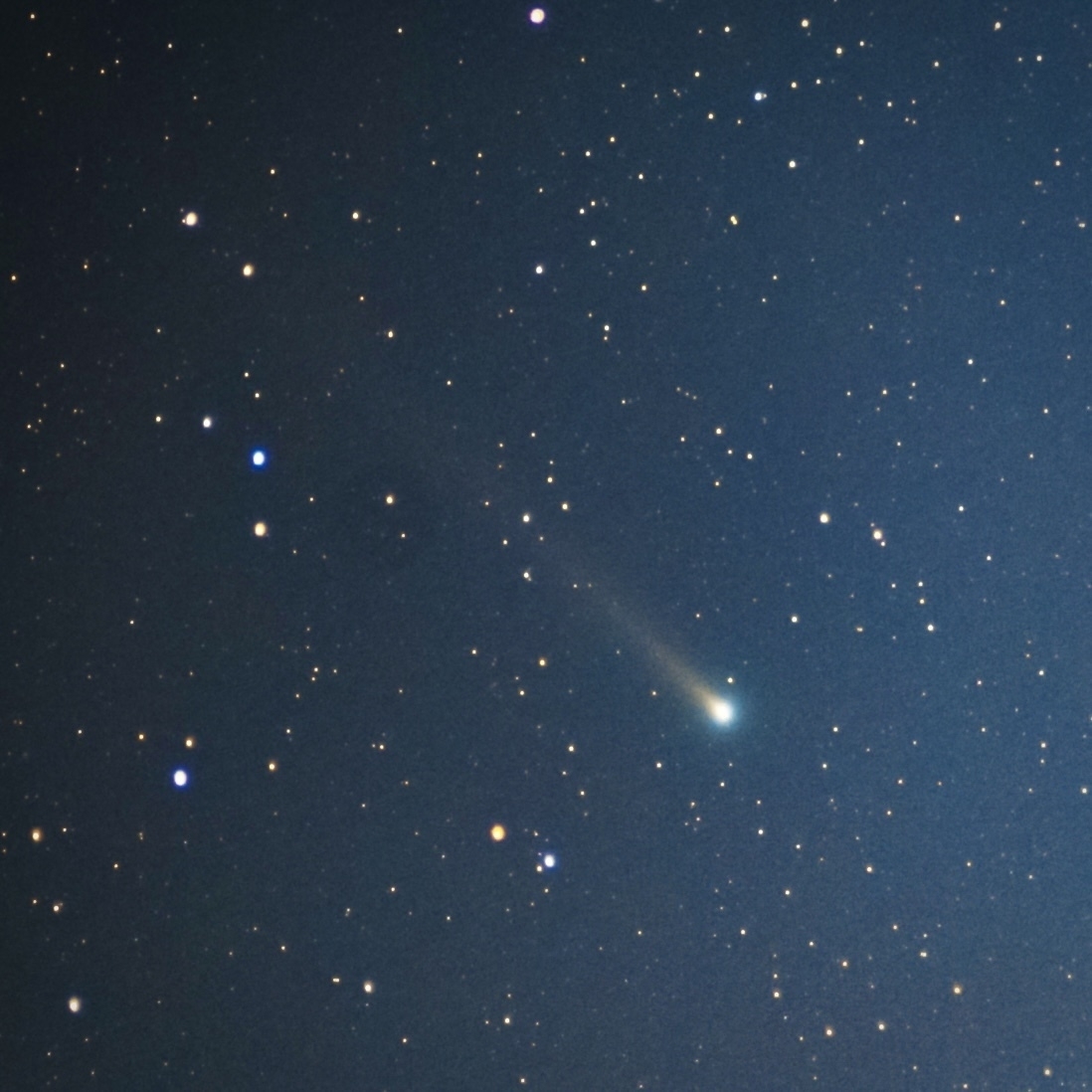
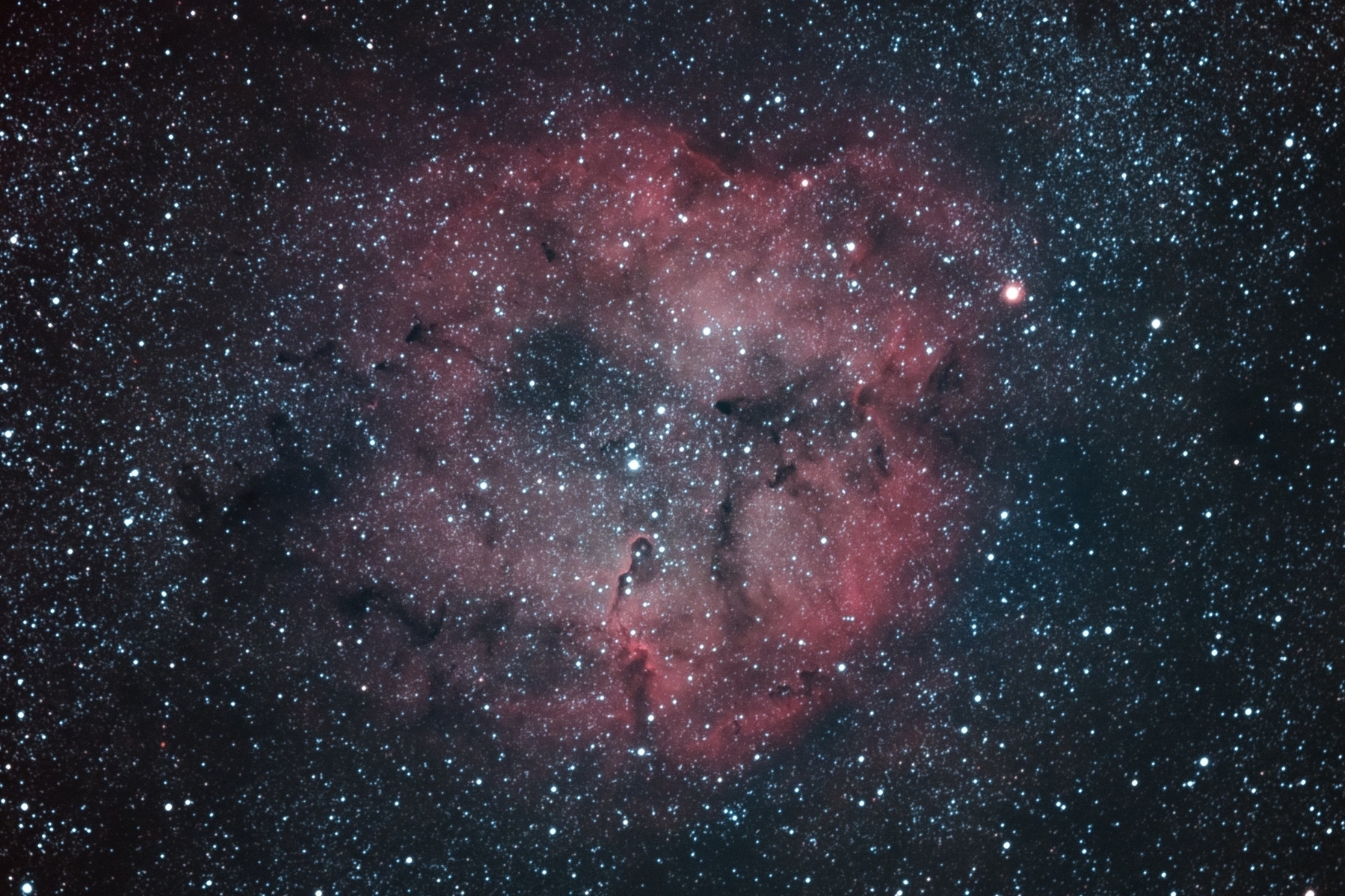
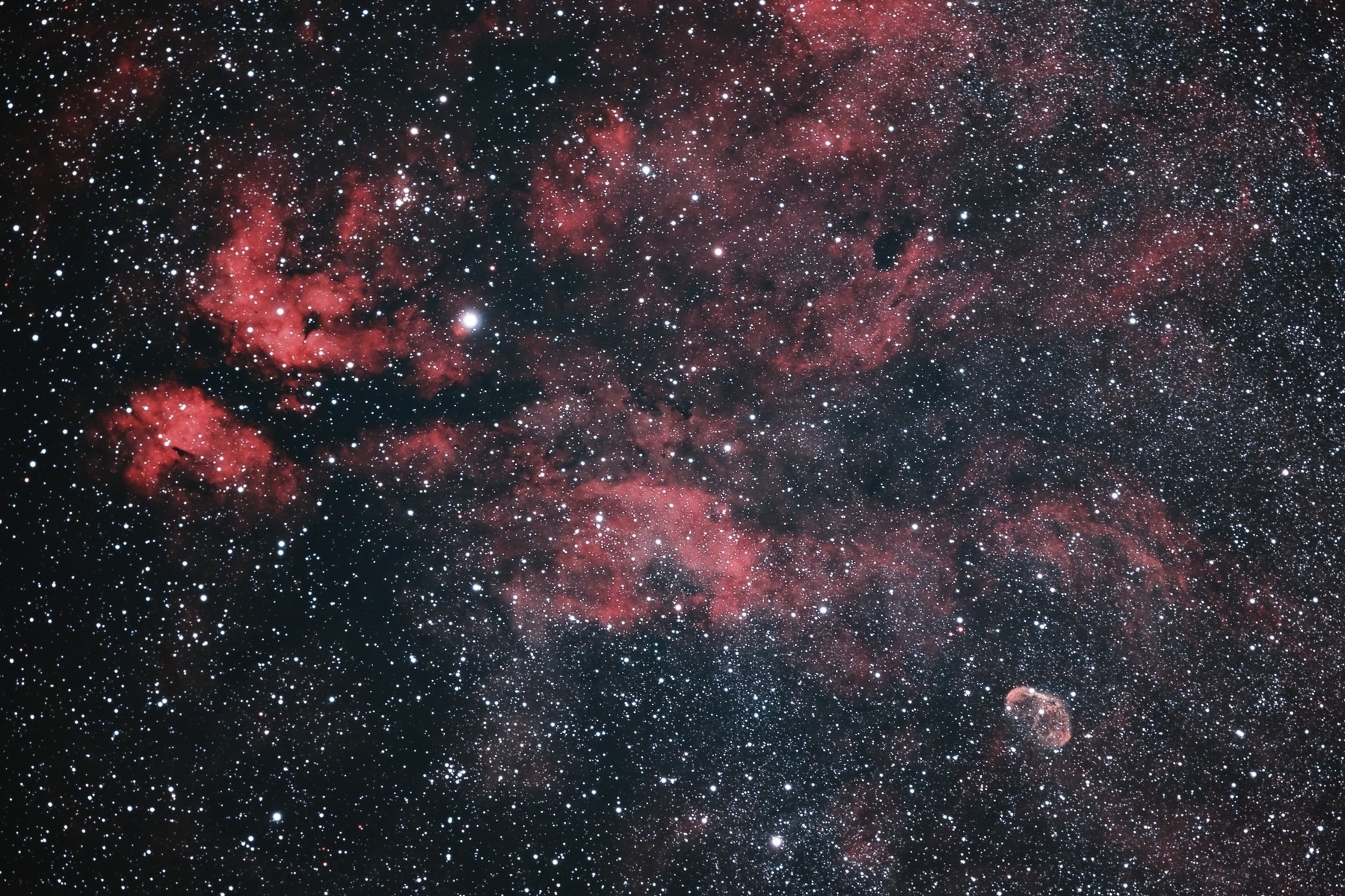
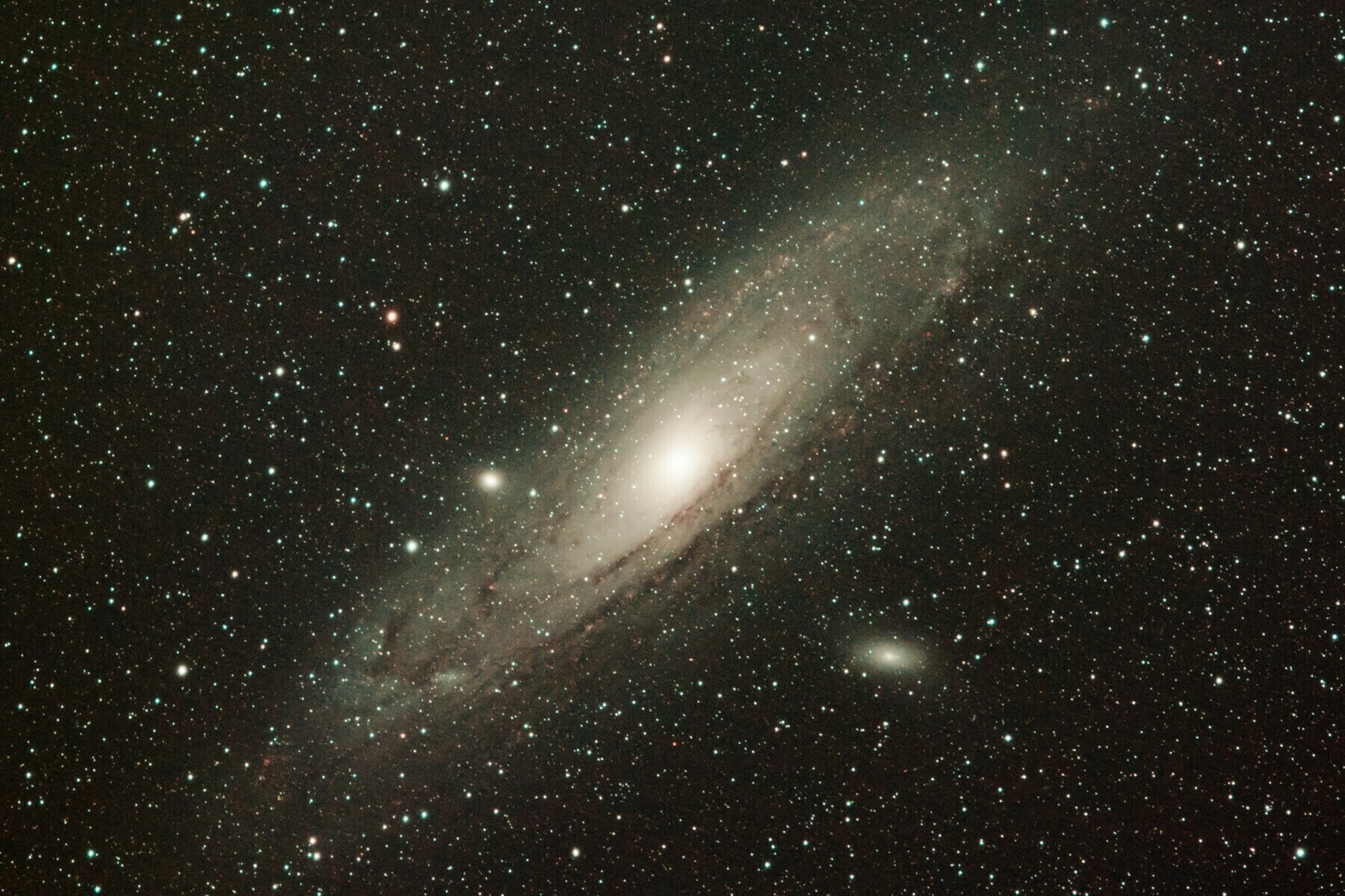
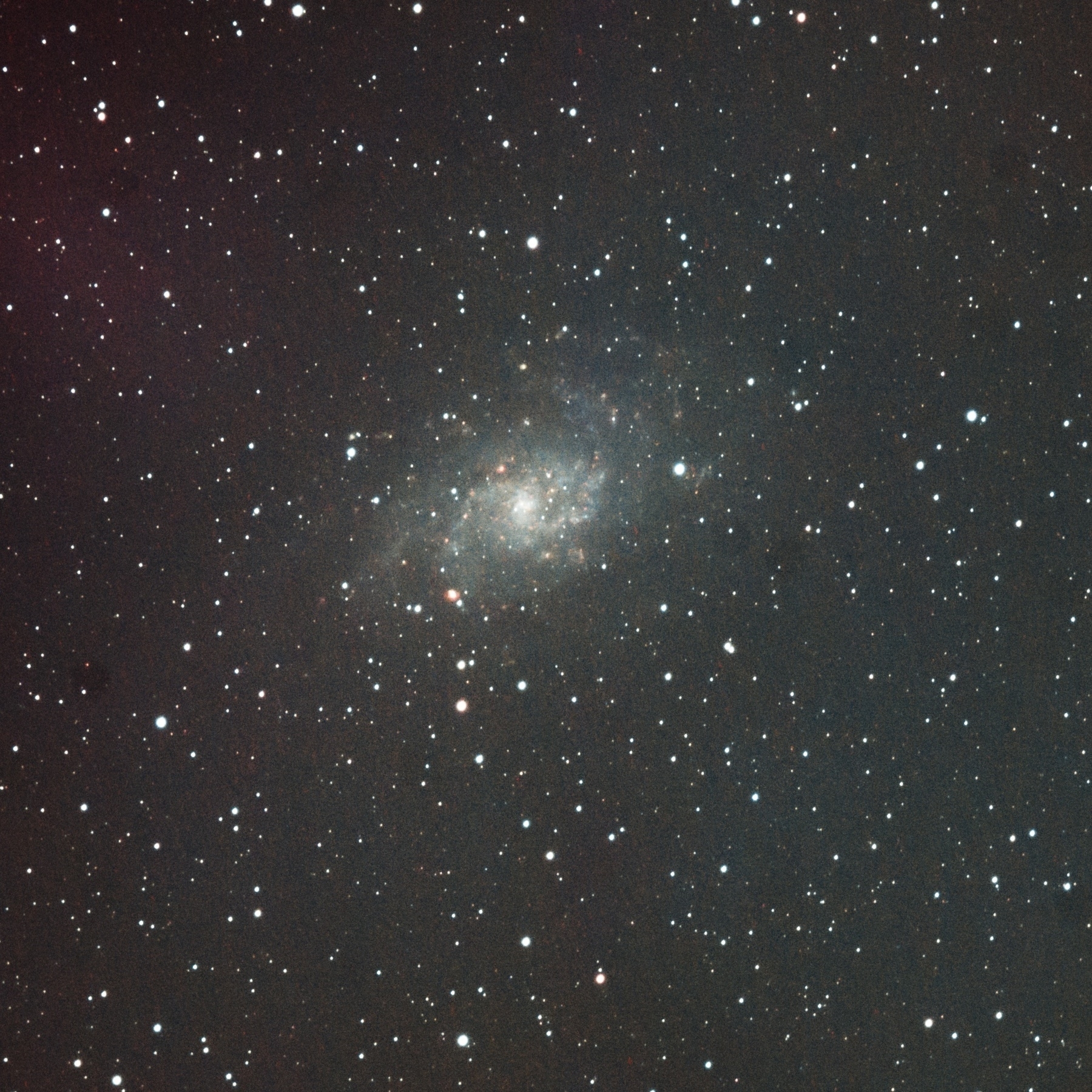
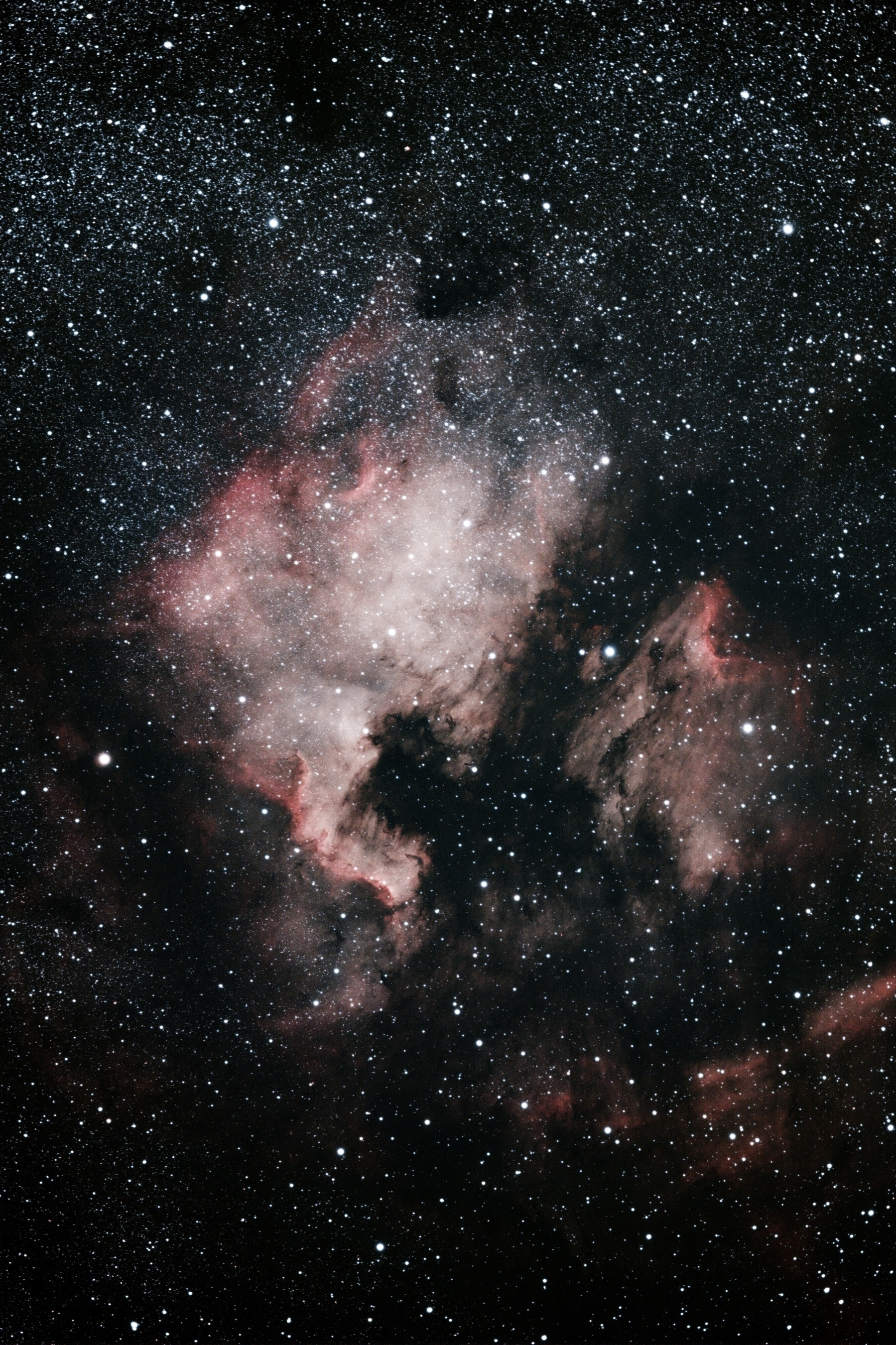
Remains of exploded stars
As the stars (of the size about 1 to 8 solar masses) age, they get bigger and become red giants. In their outer cooler shell, they start to accumulate elements of higher atomic number as a result of the nuclear fusion that fuels the stars. At a certain point, there is an explosion that expels the outer layers of the star out in space and the nucleus of the star becomes a smaller dwarf star that keeps shining. The expanding and glowing shell of the expelled gas from the explosion is called a planetary nebula and we can see many of these in the night sky using even a small telescope.
The appearance of these nebulae depends on our point of view. If we are viewing from the polar region of the star, it appears as a ring of nebulosity with the dwarf star in the clear central region. A good example of this is the Ring nebula (M 57) on the left. The white dwarf in the center can be seen if you zoom in on the image. If our point of view is from the equatorial plane, the remnant of the explosion appears as circular nebula without a clear center. The Dumbbell nebula (M 27) on the right is a good example of this view. Both these planetary nebulae formed about 7,000 to 10,000 years ago as a result of an exploded red giant star.
Both these images were taken using William Optics megrez 90 telescope attached to Nikon Z6 camera. Total exposure of 45 minutes (1 min subexposures). Processed using SIRIL and Adobe Photoshop.
Andromeda Galaxy in September 2021
During last Fall and Winter, I was able to image Andromeda Galaxy (Messier 31) a few times. In fact, it was one of those nice bright objects that is easy to capture and one can use it to work on improving astrophotography skills. Over the Summer, I acquired a narrowband filter, Optolong LeNhance. Also, got some more experience with using SkyWatcher EQ-6 mount. With this setup, capturing 3 minute-long sub-exposures is very easy to do. Here is my latest photo of Andromeda with the accompanying galaxies M32 and M110. The dark dust lanes are clearer than before and are extending all the way to the core. Also, clumps of nebulosity and star clusters can be seen in the spiral arms of the galaxy. There is one thing still missing from workflow - capturing darks, bias and flat frames. From some reading on the internet, there is an opinion that these are not needed for a color DSLR camera. I should try including them in another session with Andromeda and check for improvement.
William Optics ZenithStar 61
Nikon Z6
Optolong LeNhance
40x3min subs
Stacked in Siril and processed with Photoshop
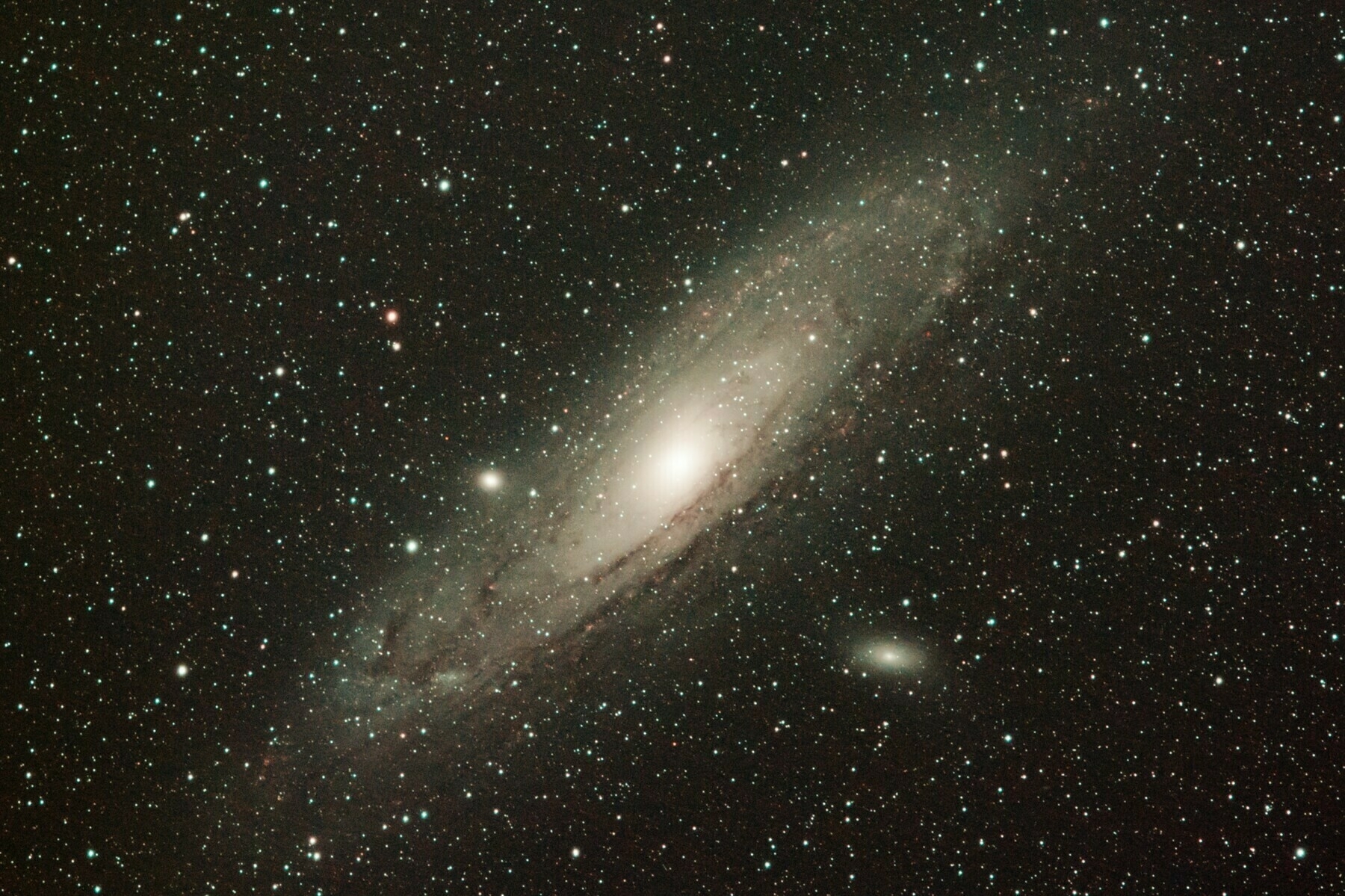
Startrails
Collecting long exposures to record the movement of Earth creates these beautiful trails. You can use the Earth’s motion to draw perfect concentric circles. This photo is a composite of about 30 three minute exposures taken at Patagansett lake in East Lyme, CT. I wanted to collect longer trails but, the clouds decided to move in and foiled my plans. This was a test run to figure out the right settings before I do this again at a dark site. Weather permitting, there is should be a similar but better photo in the near future.
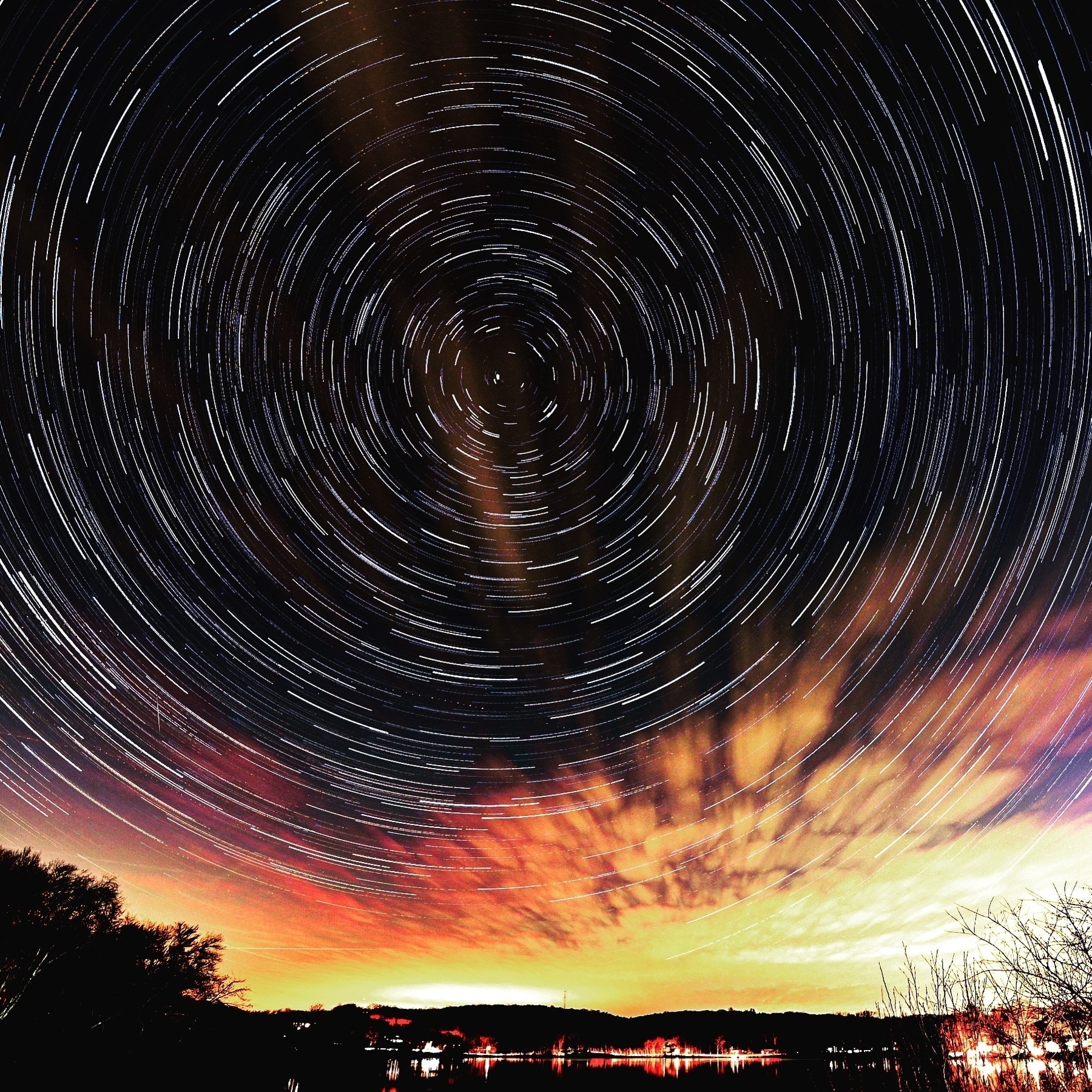
Sirius fun
When one thinks of astrophotography, these two aspects come to mind: 1. Rock solid mount with tracker to eliminate shakes and 2. Perfect focus to get pinpoint stars. The kind of astrophotography in this post ignores - actually violates both these principles. Some time last month, I made a post about defocusing the lens and capturing colors of twinkling Sirius. There is another way to see the colors of a star. In this method, instead of defocusing, the camera rig is shaken to create star trails. The resulting trails of bright twinkling star show the colors nicely. Here are a couple of these trails of Sirius. I like the image on the right more as it has some extra effect. The lens got defocused while I was shaking the camera and that added another dimension to it.
Along with Sirius, I also captured trails of Rigel (left), Betelguese (middle) and the three stars (right) in the belt of Orion : Alnitak, Alnilam and Mintaka. I think they look pretty cool. Rigel is bright and a blue/white star similar to Sirius but the distribution of colors looks different. Betelguese is a red giant and it shows only one color - orange. These are fun little art projects when there isn't enough time to setup the mount and telescope and capture hours-long exposures.
Andromeda Galaxy
The Andromeda Galaxy, also known as Messier 31, M31, or NGC 224 and originally the Andromeda Nebula, is a barred spiral galaxy approximately 2.5 million light-years from Earth and the nearest major galaxy to the Milky Way. ... From Wikipedia
This is one of those objects that can be easily seen with naked eyes under dark skies. I have seen it many times that way and with the aid of a telescope. It still appears as a smudge with small amateur telescopes. Unless the astrophotography techniques of long exposures and stacking is applied, its beauty is not apparent. Last year, during the pandemic I started playing around with astrophotography and this was one of the first targets that I imaged. Here are 3 images taken over the last few months and it is obvious that my technique is getting better with time. I like seeing the dust lanes making the spirals of the galaxy. Hoping to get better images of M31 again later in the year when it rises again in the East.
Twinkling colors of Sirius
Saw this article in BBC's "Sky at night" magazine and decided to try my hand at capturing a similar photo. Here is my first attempt with Sirius, the brightest star in the night sky. 1/2 second exposures were taken every 60 secs at ISO400 on Nikon Z6 using a defocused 300mm lens at f/5.6. Usually, one of the toughest tasks with astrophotography is to find good focus and maintain it. For this kind of picture, you actually want to be not in focus so a star is seen as a big disc and not a point.
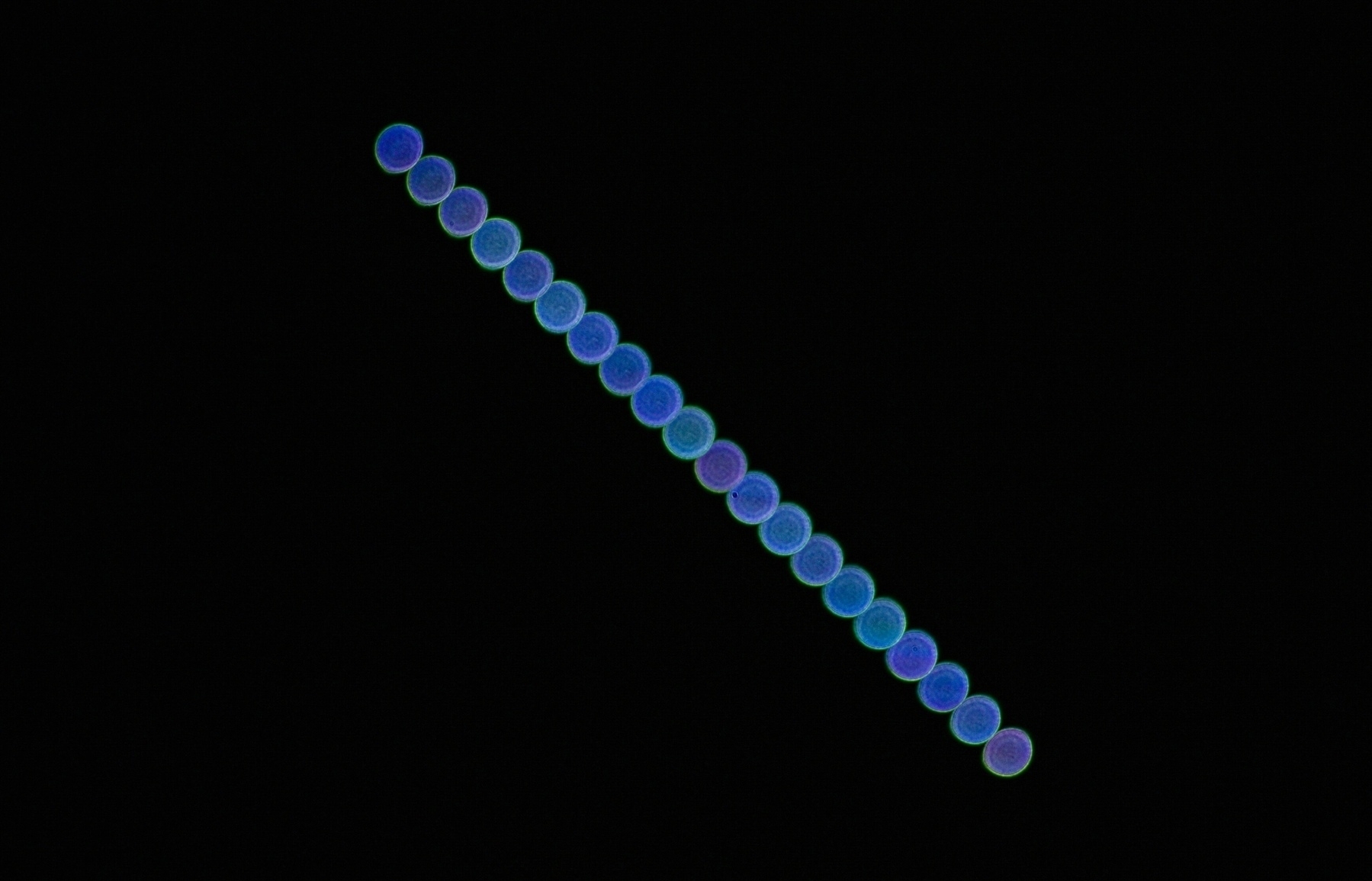
While taking this picture, Sirius was quite high up in the sky. Have to repeat this when Sirius is closer to the horizon to get some help from the atmospheric disturbances to add to the drama of color changes.
Dark skies of Acadia National Park
Being in the Northeast USA which has some of the most densely populated areas, there is a lot of light pollution. It is hard to find really dark skies that are ideal for astronomy but, that changes when one travels out to Maine. We have vacationed in Bar Harbor near Acadia National Park over many summers and I have seen some of the darkest skies in Acadia NP. On a moonless night, the Milky Way galaxy just pops out at you. I have tried taking Milky Way photos several times but, the 2020 version is probably the best partly because of a new camera (Nikon Z6) that has a more sensitive sensor. Looking forward to going back to Acadia this year again and planning to do more astrophotography.
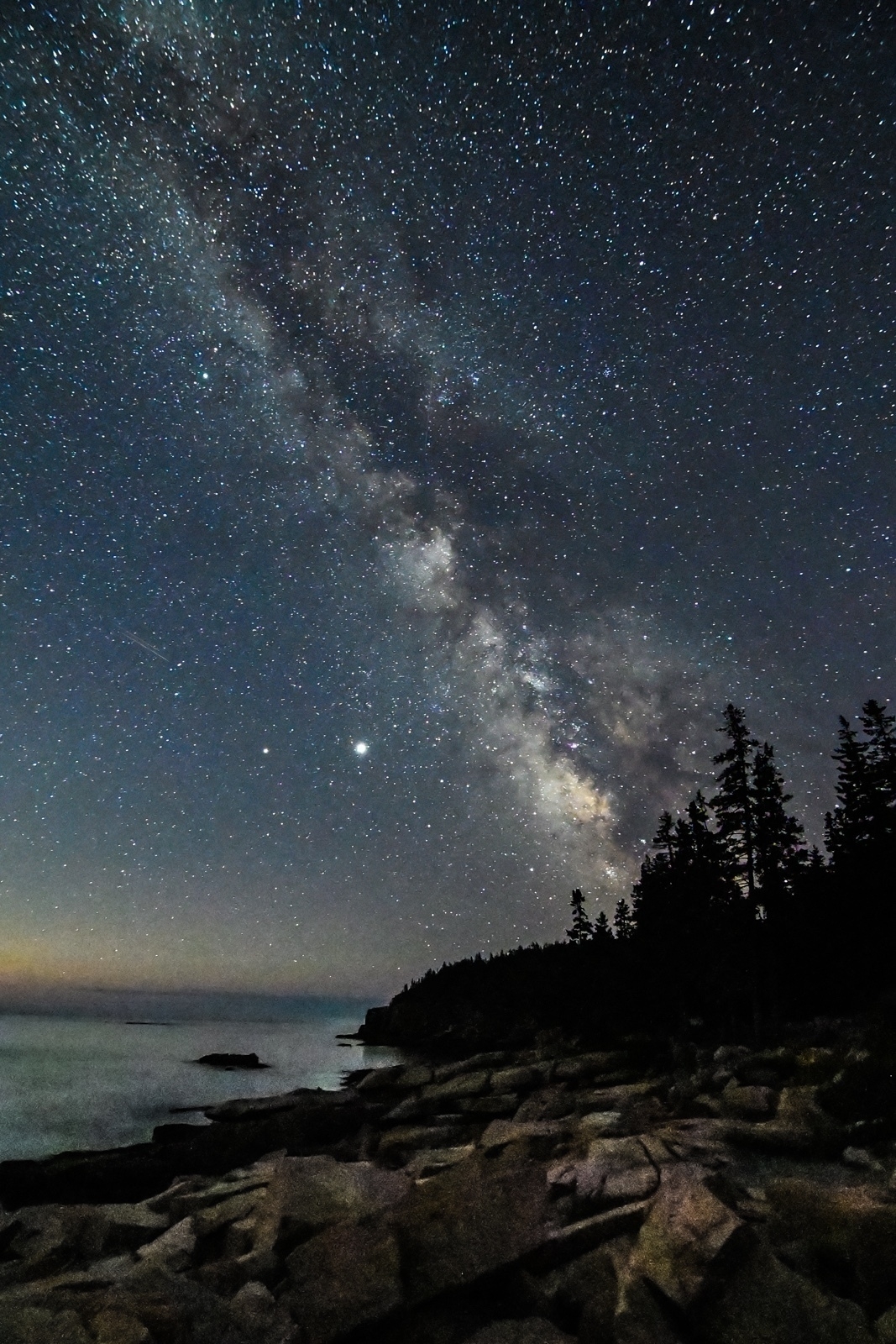
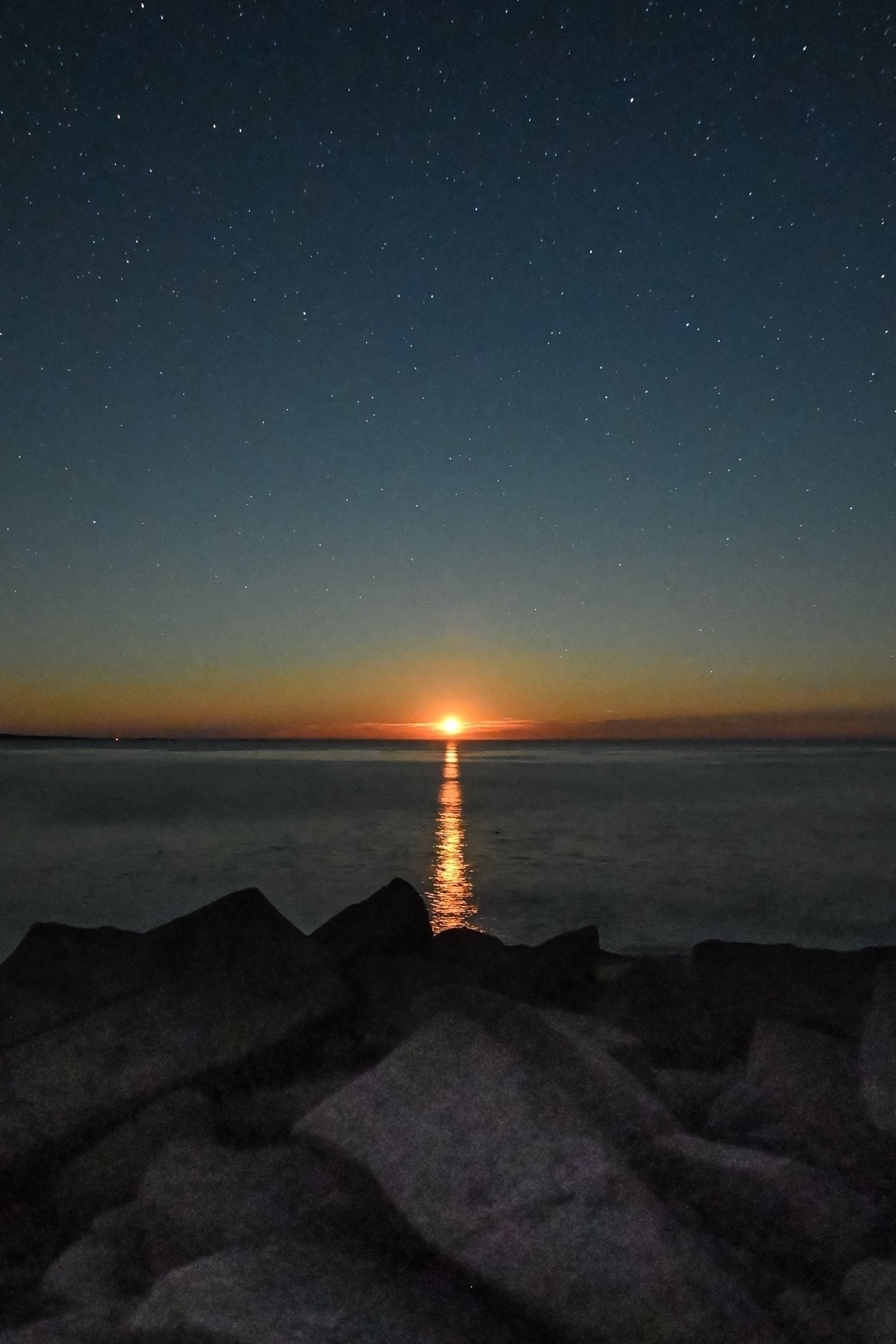
Venus in 2020
Venus put on a great show in the evening sky during the Spring and Summer of 2020. It was joined by other planets like Mercury, Mars and Uranus and also our Moon. It also made nice cameo appearances with constellations like Pleiades. Here are photos of some of those instances.
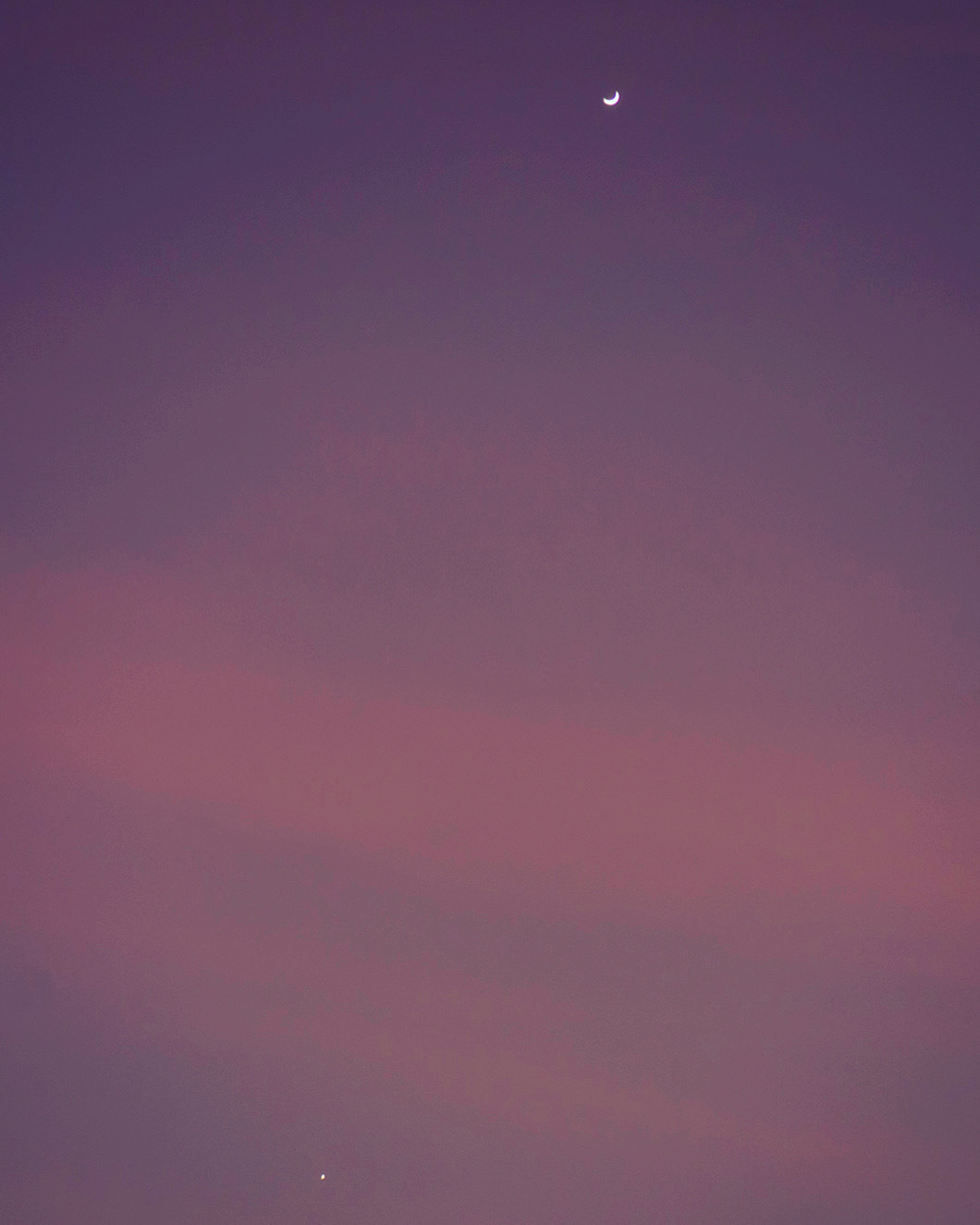
Here Venus is at the top seen as a crescent with Mercury at the bottom of the frame.
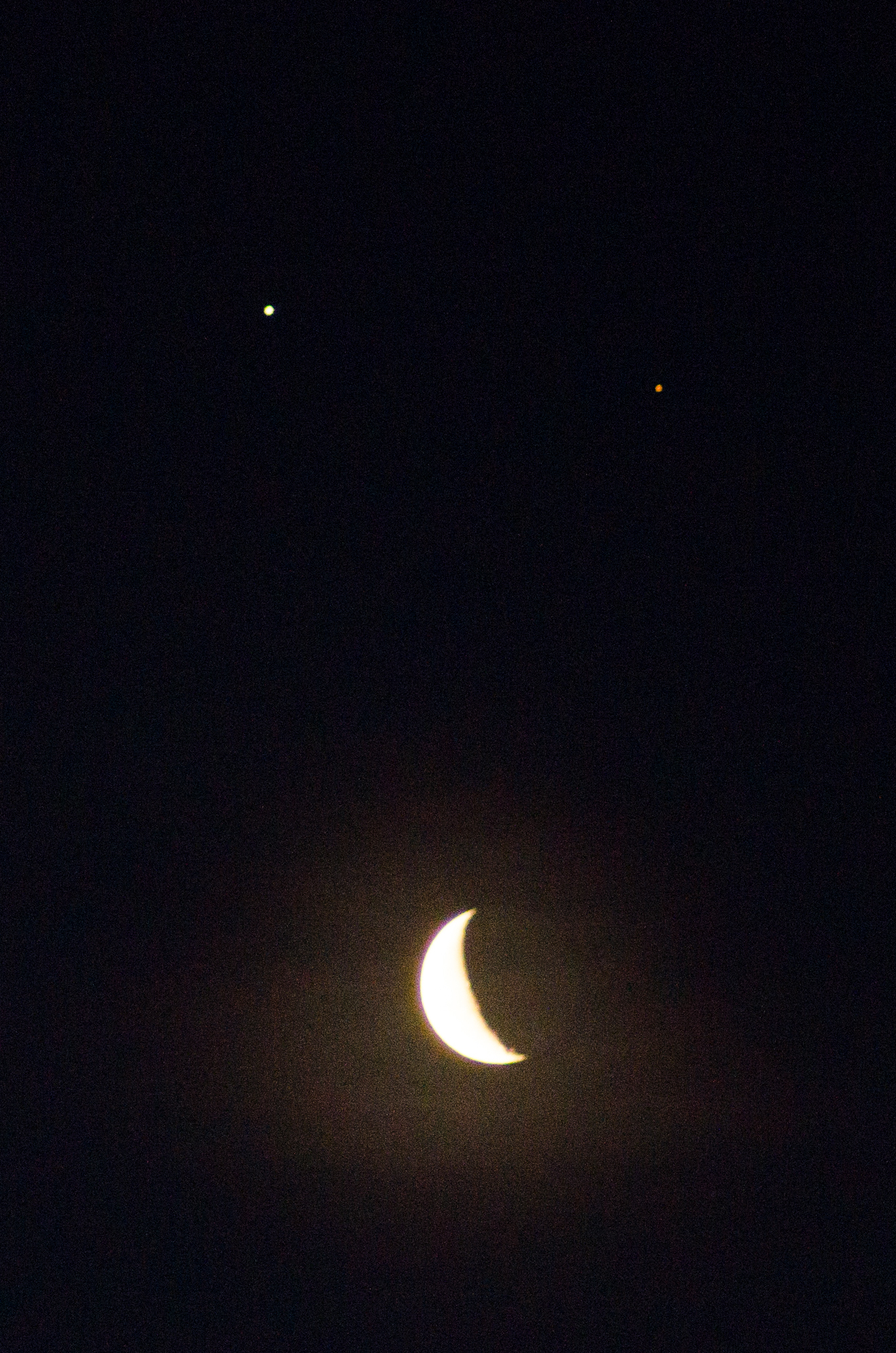
Venus seen with Mars and the Moon making a lopsided smiley.
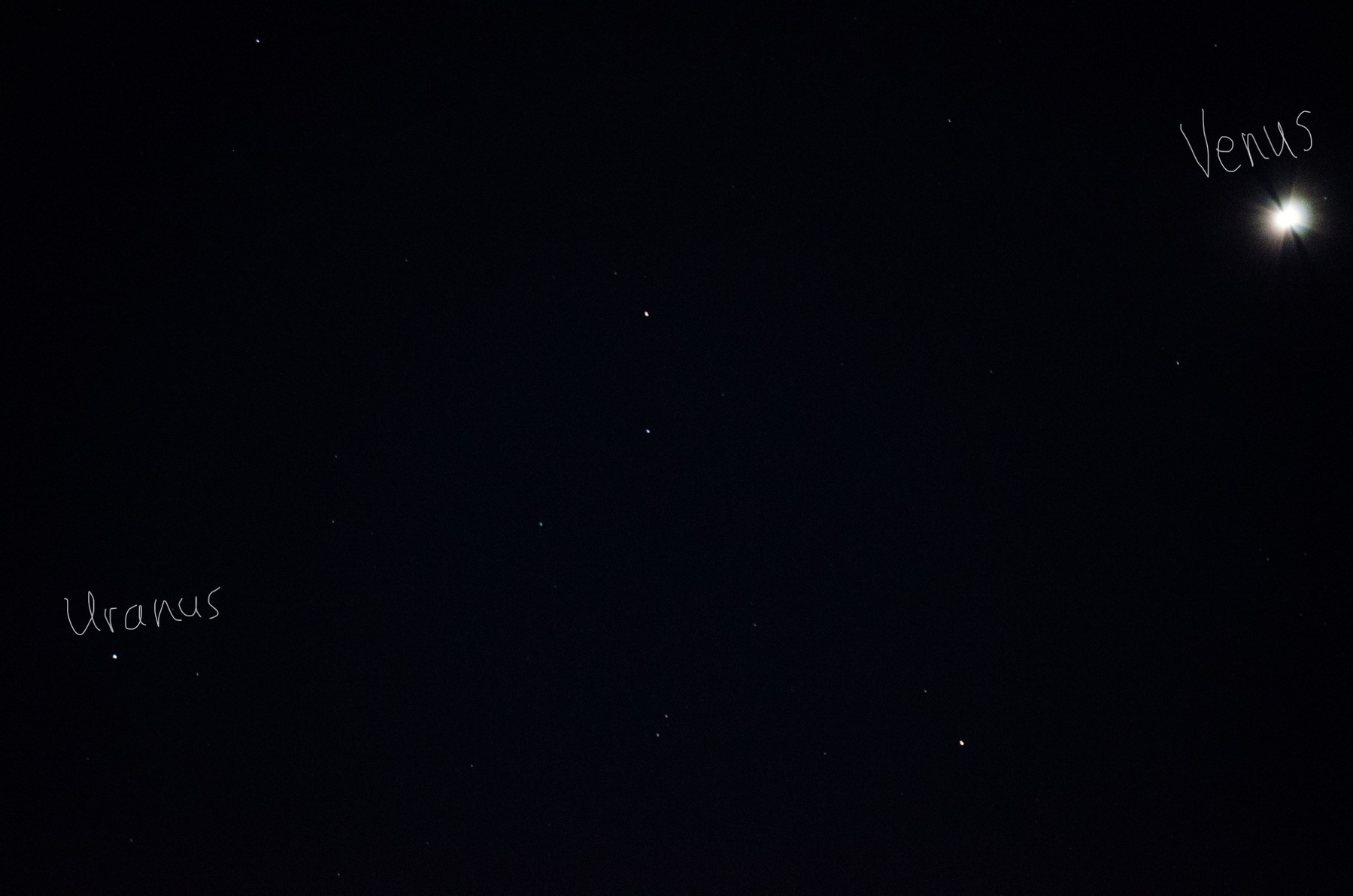
Here is Venus and Uranus.
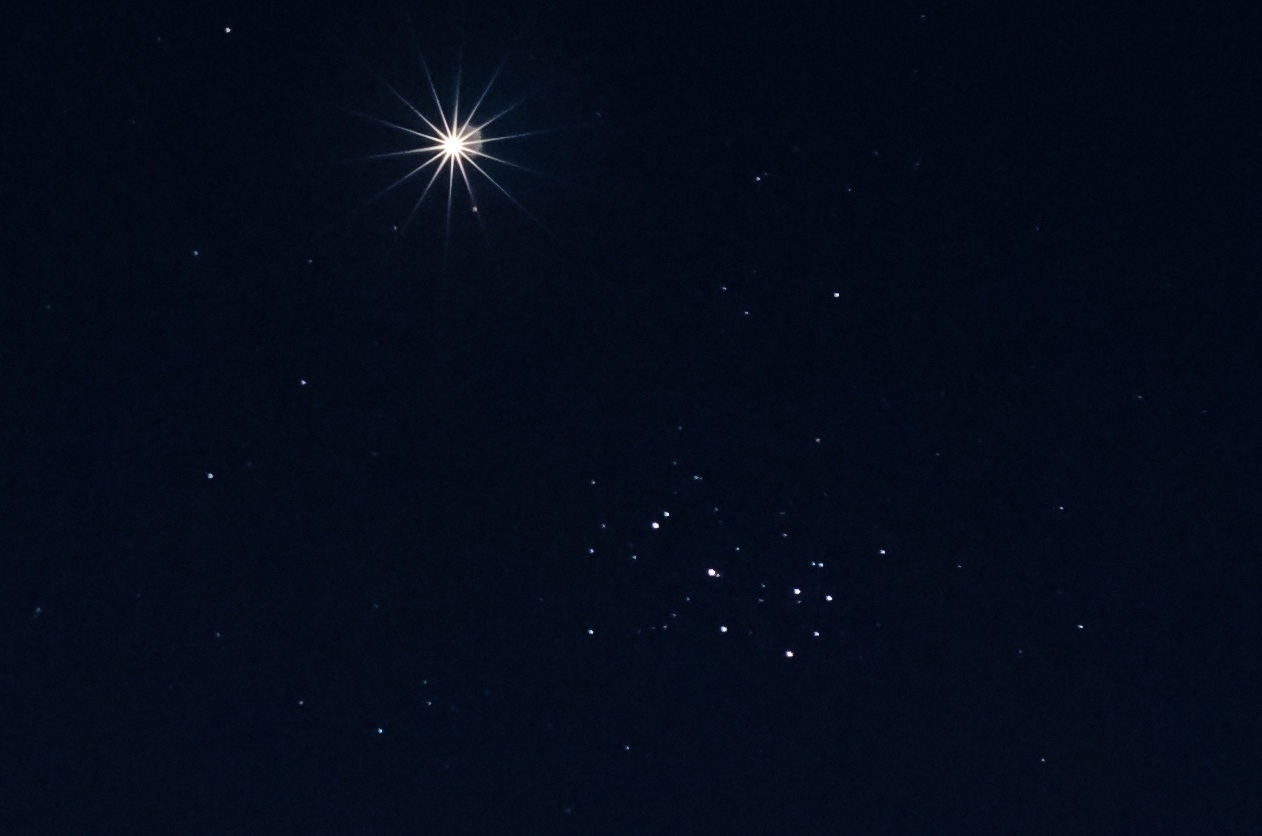
Venus shining near the star cluster of Pleiades.
Comet Neowise
It was really nice to have Comet Neowise stay around for a few weeks in Summer. There were many opportunities to view it without clouds or moon in the sky. Here are a couple more photos from July 2020.
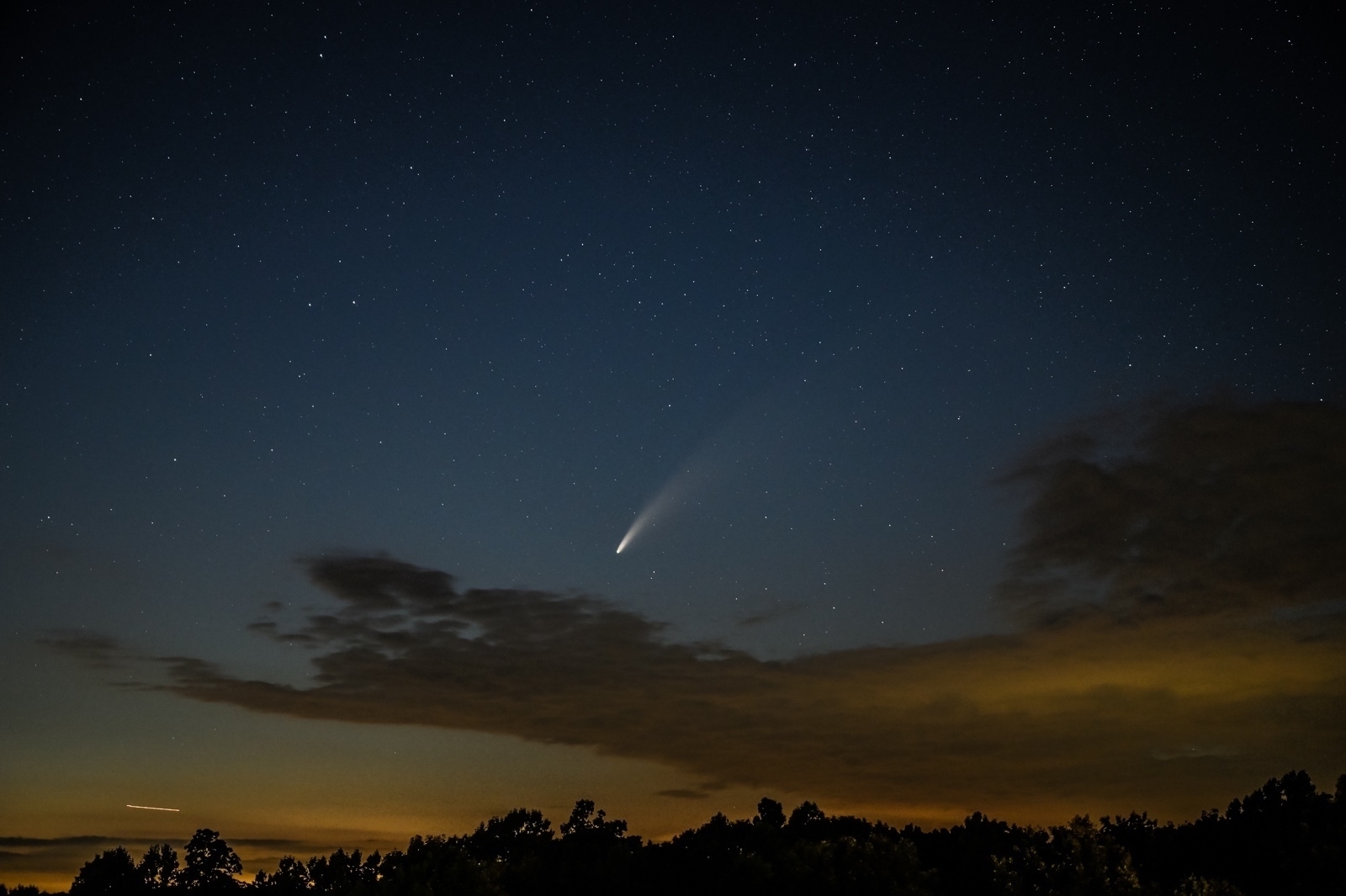
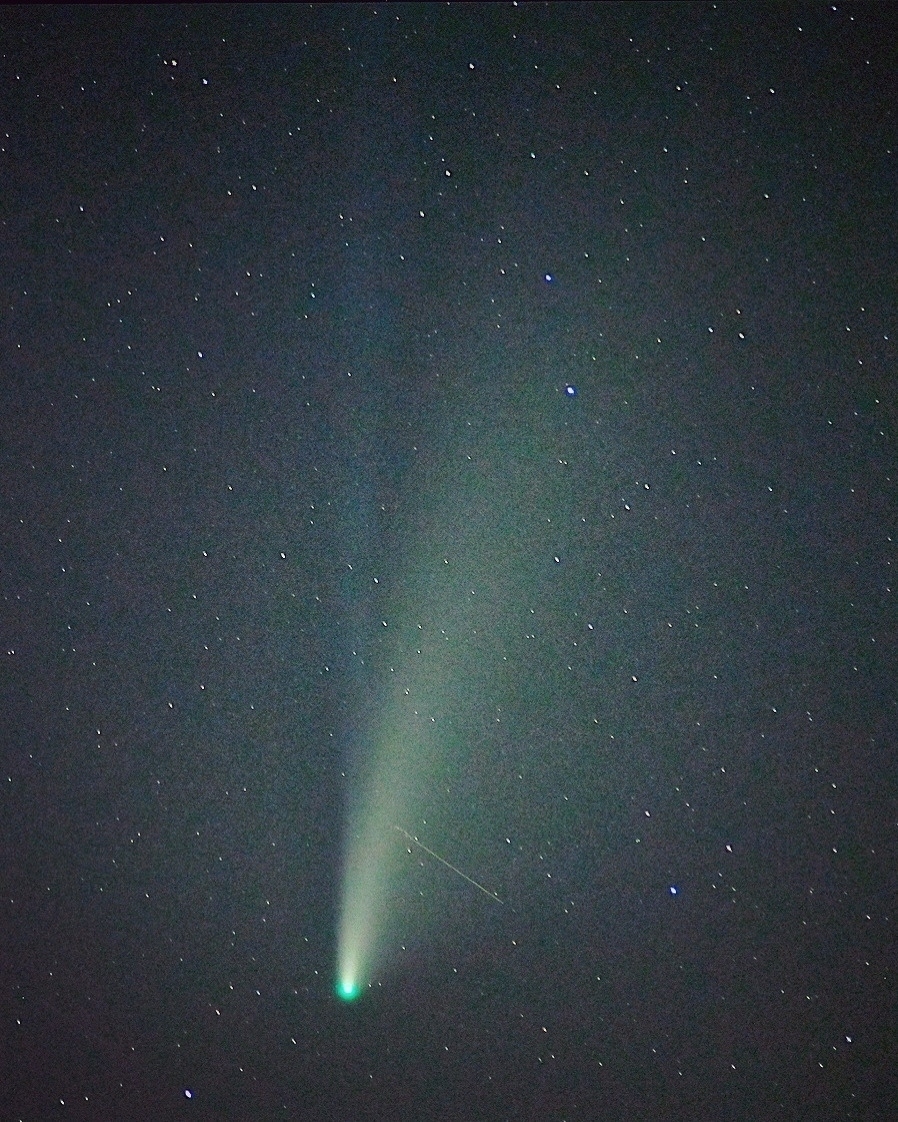
Astrophotography in 2020
Last year turned out to be great for astrophotos. Due to the COVID pandemic, there was a lot more time available in the evenings with a significant drop in kids’ activities that require me to drive them around. I didn’t post these photos here so far but, am going to make a series of posts over the next few days with these pictures taken over the last year or so.
Starting with comet Neowise that was gracing the night skies in Summer. This photo was taken in the early morning before sunrise at Lake Pattagansett. It was a windless morning and I was able to get that perfect reflection of the comet in the lake.
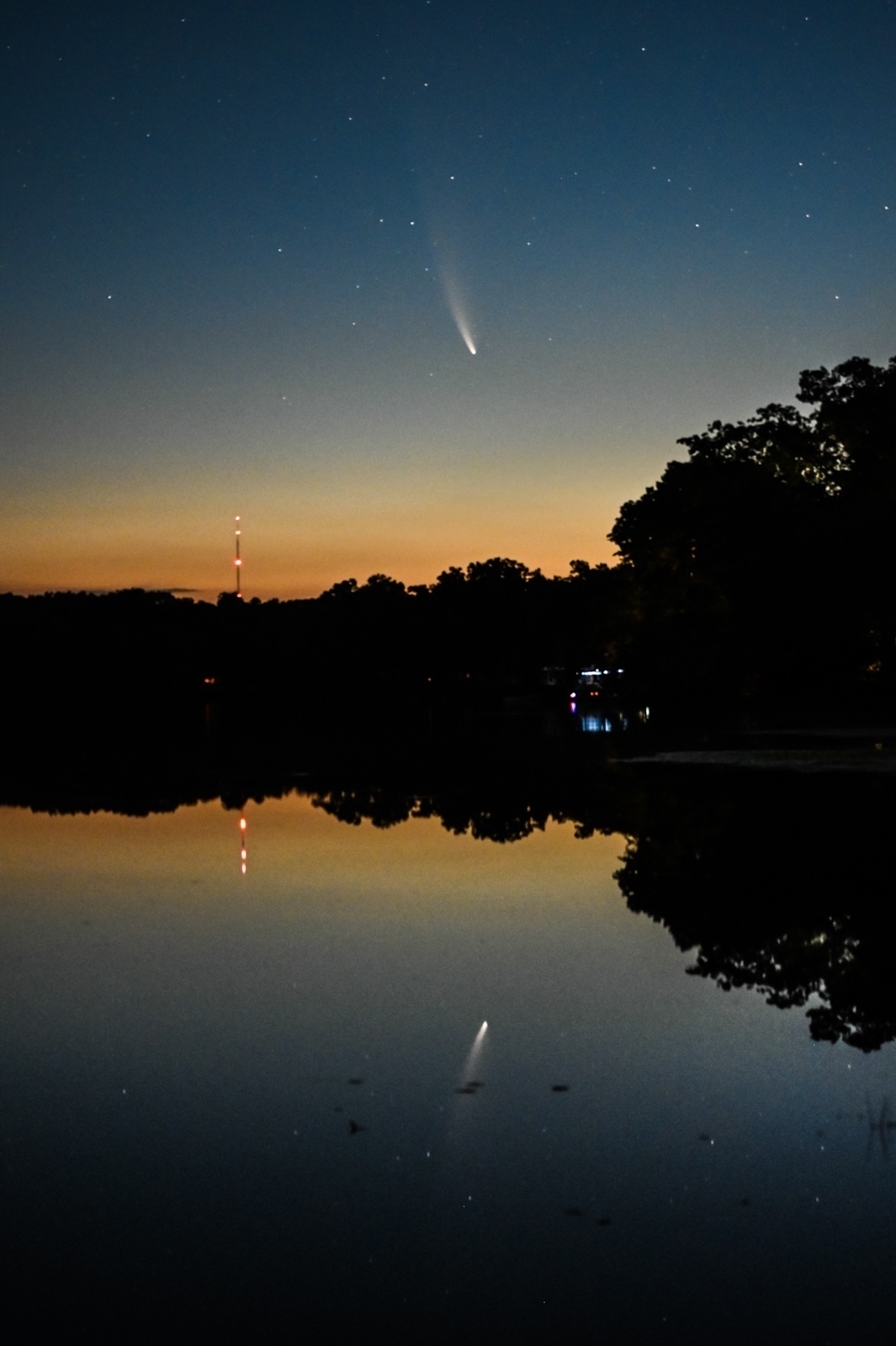
Do not touch the queen
On NPR’s Morning Edition, there was a report about Michelle Obama charming everyone in Europe. Here, I paraphrase the reporter:
... Michelle Obama's only misstep on the tour was wrapping her arm around the queen during her visit to Buckingham Palace. An anonymous Palace spokesman said that "We don't issue instructions on not touching the queen".I just couldn't stop laughing after hearing that. It reminded me of something else I had posted earlier. I guess the Buckingham Palace protocol must be similar to Kindergarten rules from Ashwini's class. No touching, no pushing, no spitting etc.
Link to the AP report about “the incident”.
